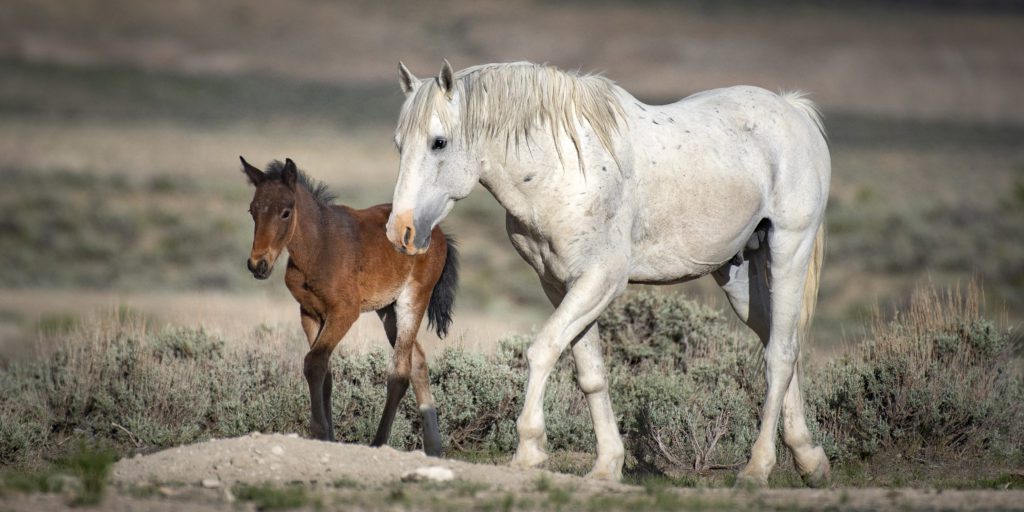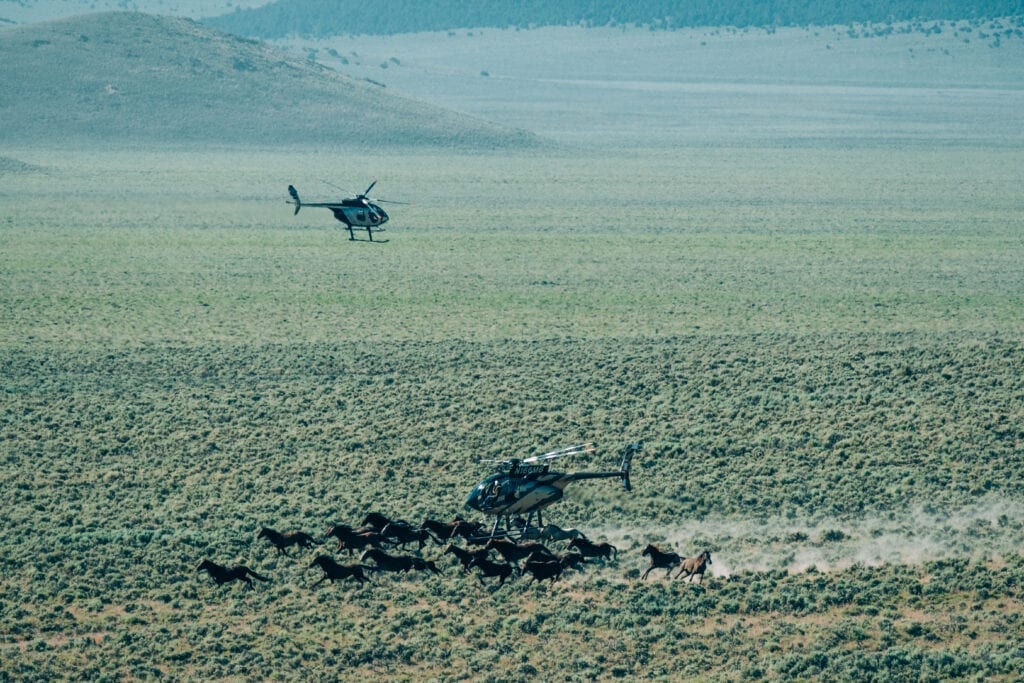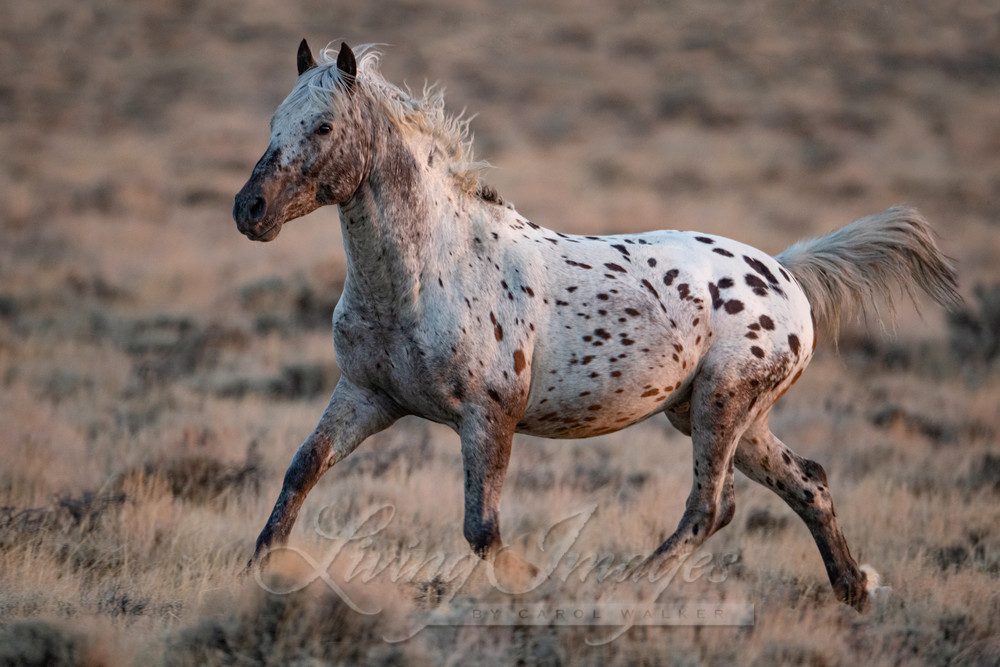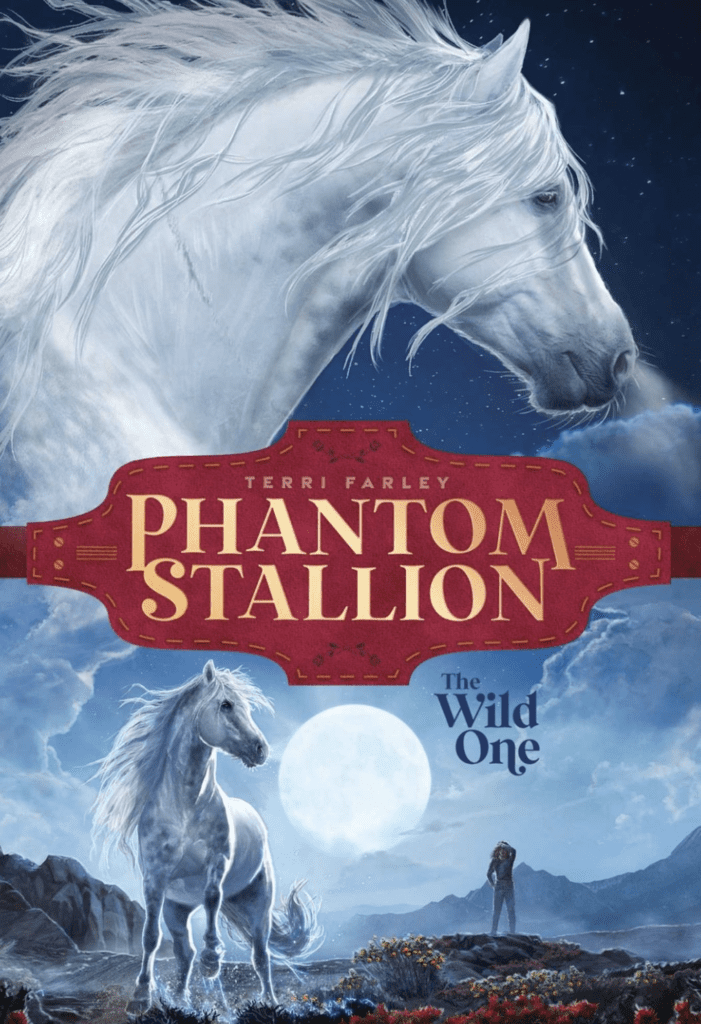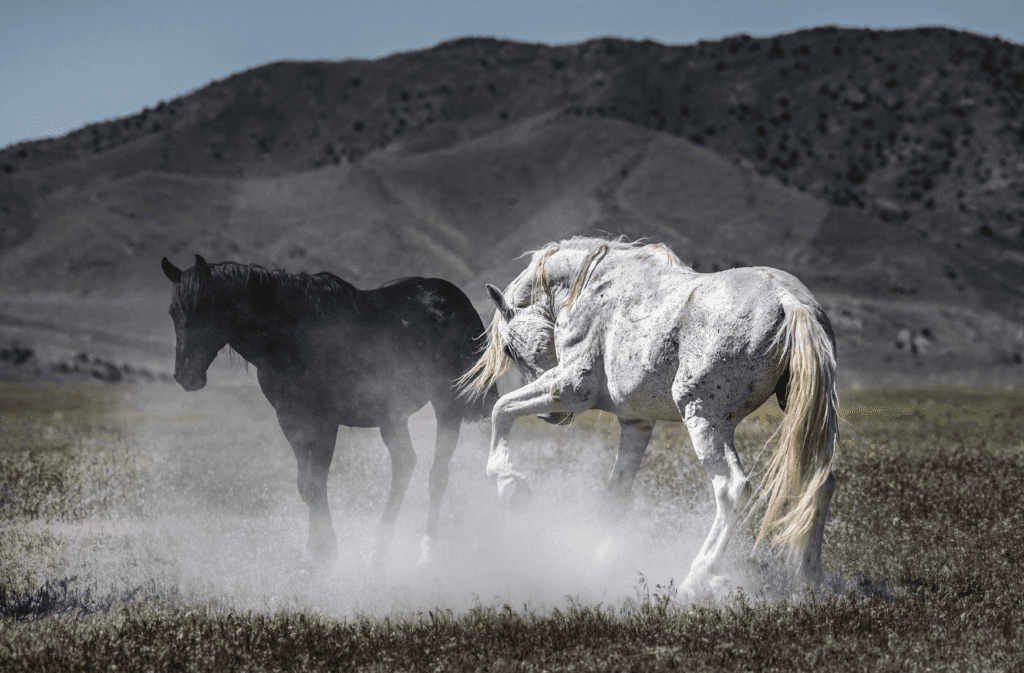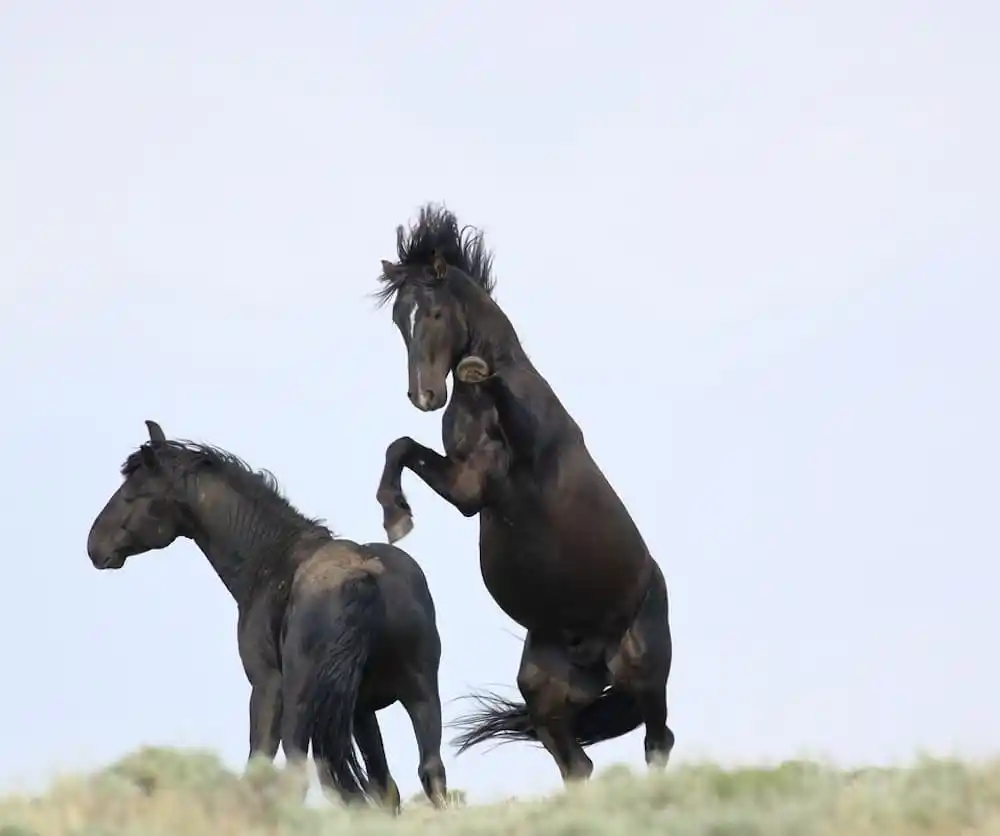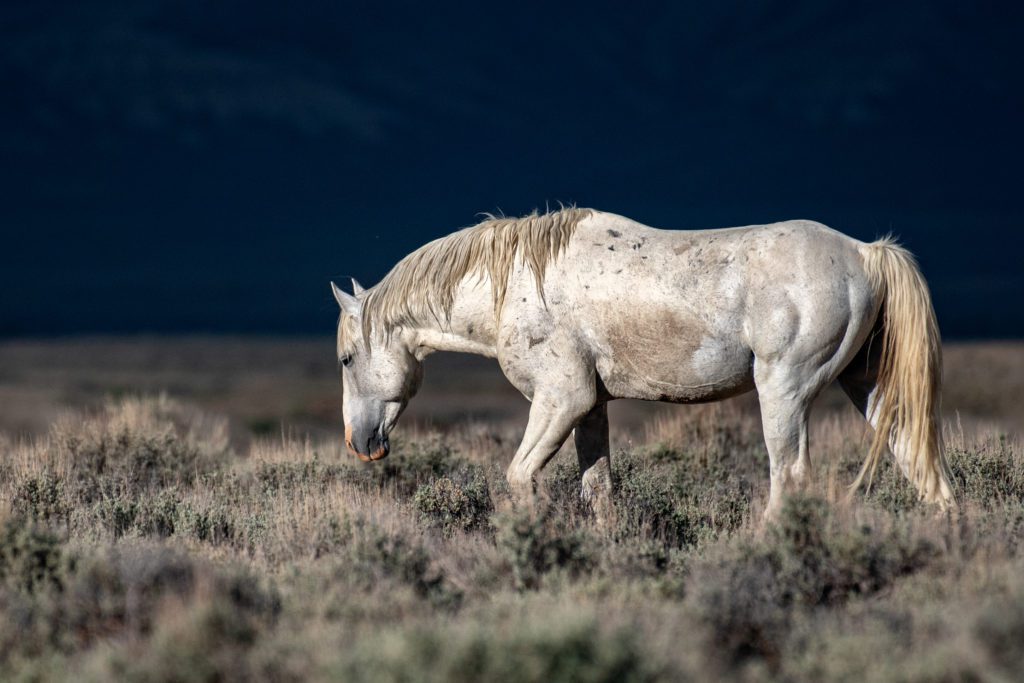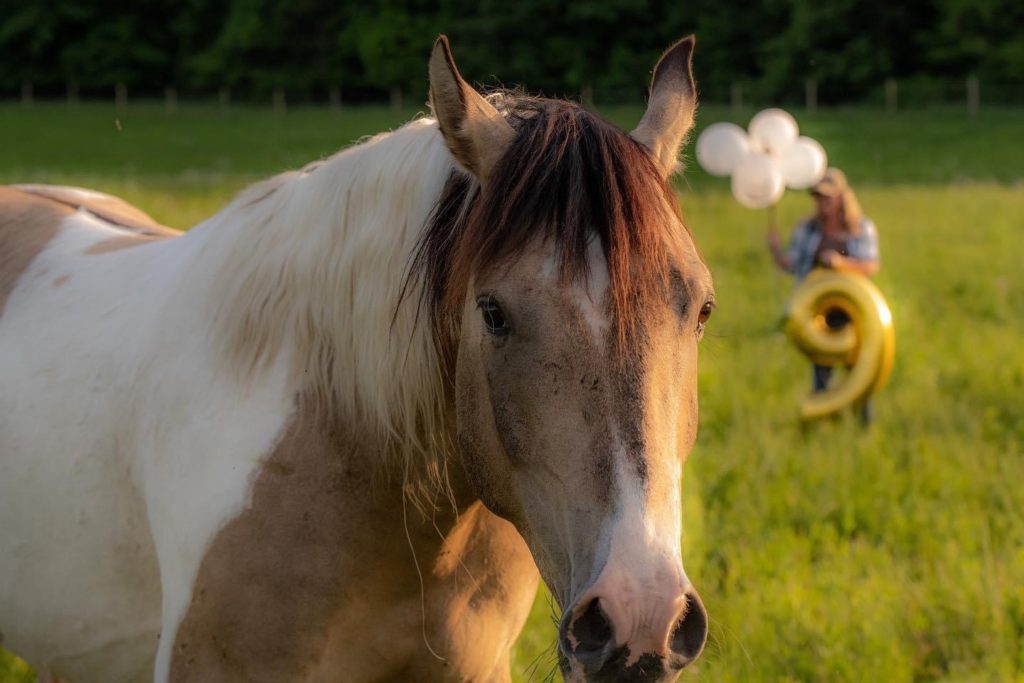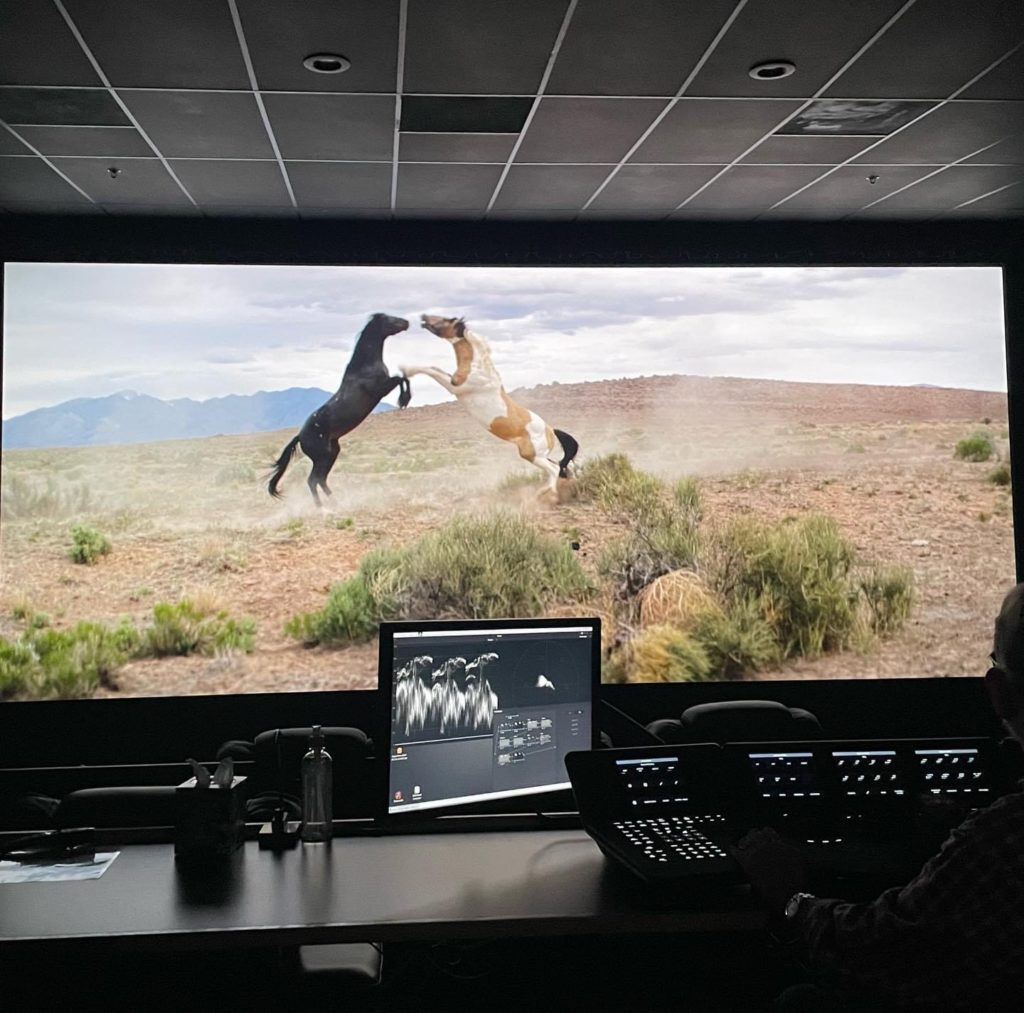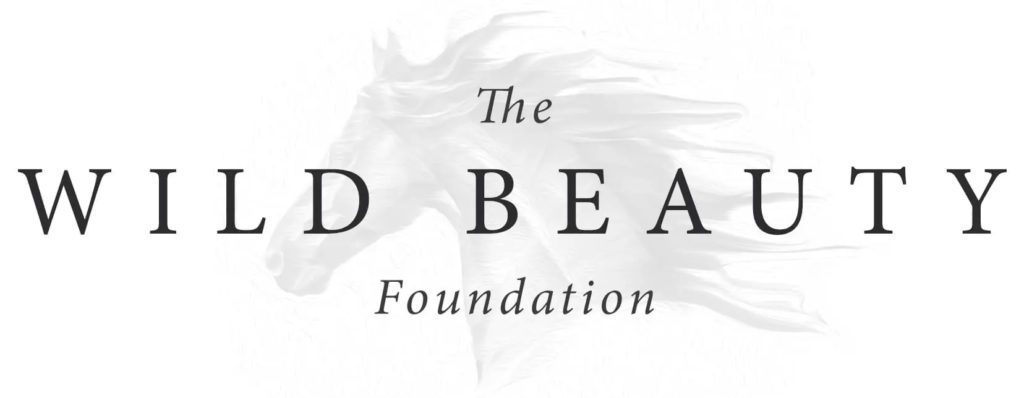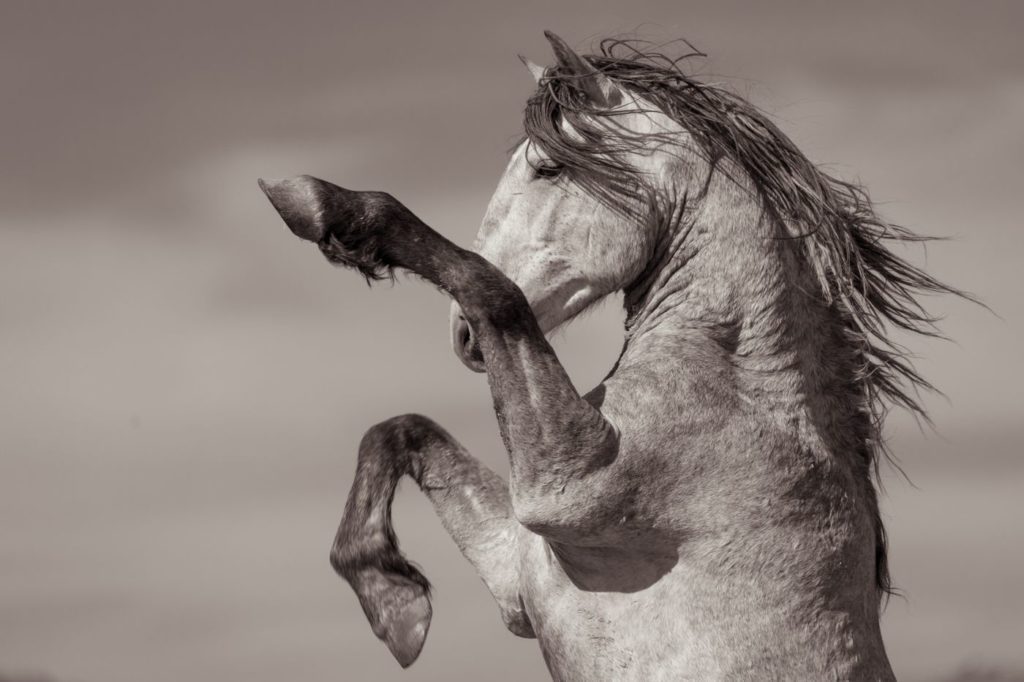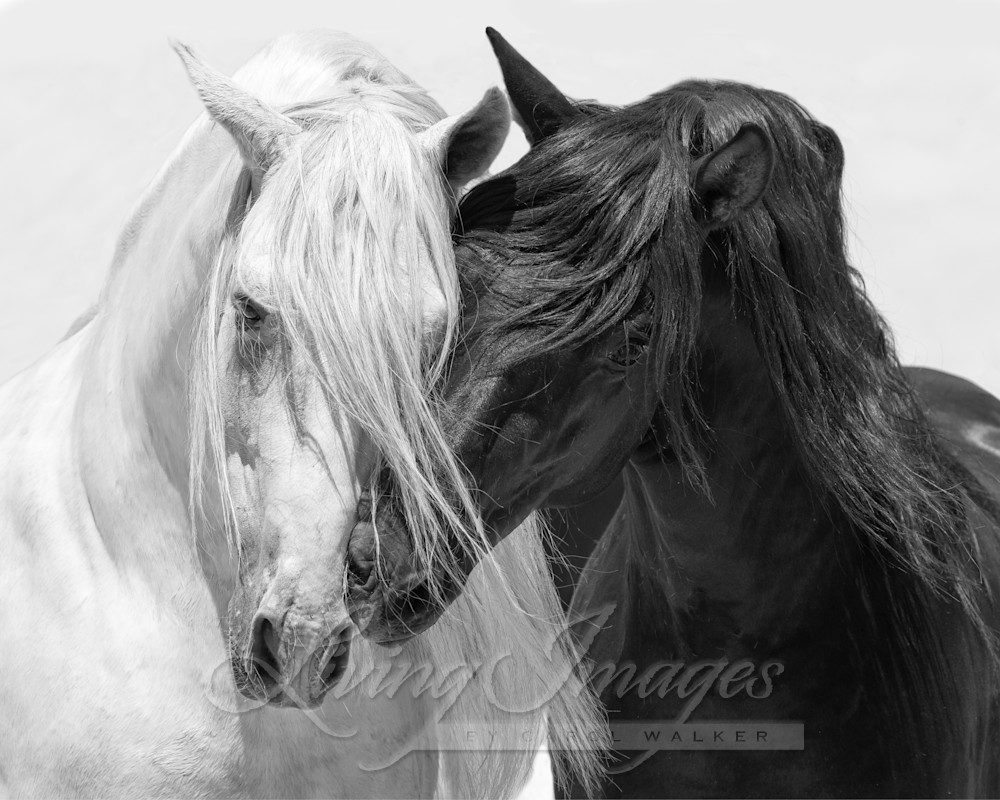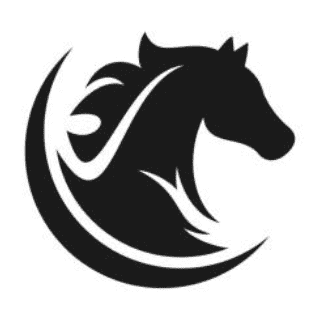The Wild Beauty Foundation
June 12, 2022
The Wild Beauty Foundation welcomes you to the third edition of our weekly newsletter!
This Week in Wild Beauty
Read the newest wild horse and burro focused headlines for the week of June 11th, 2022

Photograph by Chad Hanson
Protest Filed Opposing BLM’s Plan to Remove 43% of Wild Horse Habitat in Wyoming
Last month, the Bureau of Land Management released a notice to the Federal Register stating plans to wipe out wild horse populations in the Salt Wells Creek, Great Divide Basin, and Adobe Town HMAs. The BLM plans to set a maximum population of zero horses across almost 2 million acres of land in Salt Wells Creek and Great Divide Basin as well as reduce the HMA acreage and wild horse population by half in the Adobe Town HMA.
These plans will lead to eradication of Wyoming’s wild horses.
The BLM’s notice calls for 2.1 million acres of land to be removed from Wyoming Herd Management Areas. This will allow the BLM to create much lower AML’s, causing the wild horse population to become genetically unsustainable.
In response to this notice, the Animal Welfare Institute and American Wild Horse Campaign filed a formal protest against the BLM’s plans in Wyoming. Well-known wild horse photographers Kimerlee Curyl and Carol Walker also opposed the plans in the protest.
WBF is glad to see organizations standing up for the unnecessary removal of wild horses in this state and hopes that this action leads to BLM’s reconsideration.
Green Gambling: Eco-Friendly Initiatives in Canadian Casinos
As the world becomes increasingly conscious of environmental issues, industries are striving to incorporate sustainable practices into their operations. The gambling industry is no exception, with Canadian casinos leading the way in implementing eco-friendly initiatives. In this article, we delve into the concept of Green Gambling and explore how casinos across Canada are embracing environmentally conscious strategies to reduce their carbon footprint and promote a more sustainable future.
We will examine the innovative approaches that Canadian casinos are taking to minimize their impact on the environment, from energy-efficient lighting systems to waste reduction programs. By prioritizing sustainability, these establishments are not only contributing to the preservation of our planet but also setting a positive example for other industries to follow. Join us on this journey to discover how Green Gambling is reshaping the landscape of Canadian casinos and paving the way for a greener, more responsible gaming industry.
Sustainable Practices in Canadian Casinos: A Focus on Green Gambling
Canadian casinos are increasingly embracing eco-friendly initiatives to reduce their environmental impact, with a focus on sustainable practices and green technologies. One notable initiative is the implementation of energy-efficient lighting systems throughout casino facilities. By using LED lights, casinos can significantly decrease energy consumption and carbon emissions, contributing to a more sustainable operation.
Another key aspect of green gambling in Canadian casinos is the adoption of paperless policies. Many casinos have digitalized their operations, from electronic gaming machines to virtual ticketing systems, reducing the need for paper usage. This shift not only minimizes waste but also streamlines processes, offering a more efficient and environmentally conscious gaming experience for patrons.
Furthermore, Canadian casinos are implementing recycling programs to manage their waste more effectively. By segregating and recycling materials like glass, plastic, and paper, casinos are diverting significant amounts of waste from landfills. These initiatives not only demonstrate a commitment to environmental stewardship but also contribute to a circular economy by promoting resource conservation.
In addition to internal initiatives, some Canadian casinos are investing in renewable energy sources such as solar panels and wind turbines to power their operations. By generating clean energy on-site, casinos are reducing their reliance on traditional fossil fuels and moving towards a more sustainable energy model. These efforts showcase a growing trend in the gambling industry towards environmental responsibility and green innovation.
Environmental Impact of Casinos: Promoting Eco-Friendly Initiatives
Canadian casinos are increasingly embracing eco-friendly initiatives to reduce their environmental footprint. One notable example is the implementation of energy-efficient practices at various gambling establishments across the country. From using LED lighting to installing motion-sensor technology, casinos are striving to minimize their energy consumption and promote sustainability within their operations.
Another key focus of green gambling initiatives in Canadian casinos is waste reduction and recycling. Many casinos have implemented comprehensive recycling programs to manage their waste more effectively. By encouraging patrons and staff to recycle materials such as paper, plastic, and glass, these casinos are taking significant steps towards a more sustainable future.
One innovative eco-friendly initiative that has gained traction in Canadian casinos is the introduction of Casimatic, a cutting-edge system that optimizes energy usage and reduces operational costs. Casimatic utilizes advanced technology to monitor and control energy consumption in real-time, allowing casinos to make informed decisions that benefit both the environment and their bottom line.
Overall, the shift towards eco-friendly practices in Canadian casinos reflects a growing awareness of the importance of environmental sustainability in the gaming industry. By implementing initiatives such as energy efficiency, waste reduction, and innovative technologies like Casimatic, casinos are demonstrating their commitment to reducing their environmental impact and promoting a greener future for all.
Energy Efficiency and Waste Reduction in the Casino Industry
Canadian casinos are increasingly embracing eco-friendly initiatives to reduce their environmental impact and contribute to sustainability efforts. One notable initiative is the implementation of energy-efficient lighting systems throughout casino facilities. By switching to LED lights, casinos can significantly reduce energy consumption and greenhouse gas emissions. This not only lowers operating costs but also minimizes the carbon footprint of the establishments.
Another key aspect of green gambling in Canadian casinos is the focus on waste reduction and recycling programs. Many casinos have introduced comprehensive recycling initiatives to manage waste effectively. By encouraging staff and patrons to recycle materials like paper, plastic, and glass, these casinos are diverting significant amounts of waste from landfills, thereby promoting a more sustainable approach to waste management.
In addition to energy efficiency and waste reduction, some Canadian casinos are investing in sustainable sourcing practices. This includes sourcing food and beverages locally to support regional farmers and reduce the carbon footprint associated with transportation. By prioritizing local suppliers and organic products, these casinos are promoting environmental stewardship and fostering a connection with the local community.
Overall, the green gambling movement in Canadian casinos reflects a growing awareness of the importance of environmental responsibility in the gaming industry. By implementing energy-saving technologies, waste management strategies, and sustainable sourcing practices, casinos are demonstrating their commitment to reducing environmental impact and promoting a more sustainable future for the gaming sector.
Green Technologies and Innovations in Canadian Casino Operations
Canadian casinos are increasingly embracing eco-friendly initiatives to reduce their environmental impact and promote sustainability. One notable initiative is the implementation of energy-efficient lighting systems and appliances throughout the casinos. By using LED lighting and energy-efficient equipment, casinos are able to significantly reduce their energy consumption and carbon footprint. Additionally, many casinos have adopted recycling programs to manage waste more effectively, including recycling paper, glass, and plastic materials.
Another key focus of green gambling initiatives in Canadian casinos is water conservation. Casinos are implementing water-saving technologies such as low-flow faucets and toilets to reduce water usage. Some casinos have even installed rainwater harvesting systems to collect and reuse rainwater for irrigation purposes. These eco-friendly practices not only help casinos operate more sustainably but also contribute to raising awareness about environmental issues among staff and visitors.
Corporate Social Responsibility: Canadian Casinos Leading the Way in Sustainability
Canadian casinos are increasingly embracing eco-friendly initiatives to reduce their environmental impact and promote sustainability. One significant step taken by these establishments is the implementation of energy-efficient measures such as LED lighting, motion sensors, and smart thermostats. By optimizing energy usage, casinos can significantly decrease their carbon footprint and contribute to a greener future.
Another key focus area for green gambling initiatives in Canadian casinos is waste management. Many casinos have adopted recycling programs to minimize waste sent to landfills. Additionally, some establishments have implemented composting initiatives to divert organic waste from garbage disposal. By prioritizing waste reduction and recycling, casinos are demonstrating their commitment to environmental responsibility.
Furthermore, Canadian casinos are exploring renewable energy sources like solar power and wind energy to further reduce their reliance on traditional energy sources. By incorporating sustainable practices into their operations, casinos are not only enhancing their environmental credentials but also setting an example for other industries to follow. Through these eco-friendly initiatives, Canadian casinos are proving that responsible gaming can go hand in hand with sustainability.
As Canadian casinos embrace eco-friendly initiatives, the future of green gambling looks promising. From energy-efficient buildings to sustainable waste management practices, these establishments are setting a positive example for the industry. By prioritizing environmental sustainability, casinos are not only reducing their carbon footprint but also contributing to a greener world. As players and stakeholders become more conscious of the impact of their choices, the demand for eco-friendly casinos is likely to grow. With ongoing efforts and innovative solutions, the marriage of entertainment and environmental responsibility in the gaming industry is well underway, promising a brighter and more sustainable future for all.

Photograph by Sandy Sharkey
This Week’s Call To Action
Join the Upcoming Virtual Wild Horse Info Meeting Hosted by BLM
In a recent press release by the BLM, a virtual meeting with the Colorado State Office concerning wild horse management was announced. Colorado BLM will discuss information about the upcoming roundup, the Canon City holding facility, and the future of wild horse management. This will be followed by a Q&A period for anyone attending the meeting. The Zoom meeting will be held Wednesday, June 15th, 2022 from 4:00-5:00 PT / 5:00-6:00 MDT / 7:00-8:00 EST and anyone interested in joining must preregister on BLM’s website.
This comes after Colorado’s Canon City holding facility has come under fire for allowing an outbreak of equine influenza in unvaccinated wild horses eight months after they were captured. This news gained public attention after over 140 deaths in the facility since April. Since then, reviews have been conducted and point to several violations of policy within the holding facility. It is likely that this will be discussed in the meeting and we hope to see change made in the way the way the BLM manages wild horses after this tragic event.
Colorado BLM has another roundup planned at the East Douglas HMA later this year, near where the infected horses at the holding facility were gathered from. Governor Jared Polis recently called for a delay in this roundup due to the deaths in Canon City. More information is to be released at this meeting, while leading wild horse advocates work on forming their next steps in protecting these horses from another deadly roundup.

WBF Trivia Night!
WBF is excited to host an upcoming virtual event to connect with our community, and bring some fun and positivity into the wild horse advocacy world. Too often we find ourselves sinking into sadness with the accelerated roundups, or other tragic news, and it is healthy to find joy and celebrate our wild horses too. And so, The Wild Beauty Foundation is partnering with our friends at LaLa Horse to bring you a fun wild horse themed trivia night.
WBF Wild Horse Trivia Night
June 28th, 2022
7:00pm EST / 4pm PST
Special guests include:
Filmmakers Ashley Avis & Edward Winters of The Wild Beauty Foundation
Erik Molvar of Western Watersheds Project
Lobbyist Marty Irby and attorney Scott Beckstead
Renowned wild horse photographer Kimerlee Curyl
The event will be one hour live via Zoom, with the game played on your phones. There are five rounds of ten wild-horse related questions, and also special surprises!
The trivia itself will be about forty-five minutes, and the last fifteen (and perhaps a bit more) will be a Q&A session with these speakers, all featured in our upcoming documentary WILD BEAUTY: Mustang Spirit of the West.
This event is open to all ages, and anyone is welcome to come learn about our nation’s wild horses or show off your knowledge on these special equines! Invite your friends to this night of wild horse education and fun, and forward along our newsletter.
The sign up form can be found on LaLa Horse’s website and Zoom login instructions will be emailed after registration.

Photograph by RJ Stein
Stargazer Celebrates Nine Years
A very special wild horse celebrated his ninth birthday this week. Stargazer, a well known stallion of the Onaqui herd spent this special occasion with his adopter and favorite mare, Nora, in his new home.
Stargazer became one of the incredible horses we decided to follow and highlight while constructing our upcoming documentary, WILD BEAUTY: Mustang Spirit of the West. Our hearts soared watching Stargazer for years in the wild, battling with other stallions or watching over his family. He captivated our imaginations with his bravery, his beauty, and also his exquisite gentleness.
Our hearts broke as we watched Stargazer and his family get rounded up in July 2021 during the unnecessary and unjust roundup of the Onaqui by the Bureau of Land Management.
Then we filmed with quiet fury at the holding facility in Delta, documenting the unutterable and inhumane conditions the horses were forced to live in. Water pooling everywhere. Deep mud up to their forelocks. Cramped enclosures. Injuries. Worse. The eyes of our beloved Onaqui clouded, their freedom lost, their spirits shattered.
It was a joy and a relief to finally see Stargazer and Nora be adopted together by someone we adore and trust. While he is no longer wild, if you look into his eyes like we have many times: you can see that his spirit has been freed. And now, we join in celebrating Stargazer’s 9th birthday! Below you can see how much he is loved by both his wonderful adopter and the mare he spent so many years with in the wild.

A still of Stargazer from our upcoming documentary WILD BEAUTY
Wheatland Holding Facility Violations Uncovered
A new review by the Bureau of Land Management exposed several policy violations at the Wheatland Holding Facility in Wyoming this month. A Comprehensive Animal Welfare Program report was done, with the facility receiving an 83%. Although this is within the “compliant” range according to BLM standards, the report sited staff shortages, lacking sufficient numbers of sorting pens, no shelter for horses and burros, and lack of quality hay.
The report sited that the wild horses in holding has no access to shade, shelter from elements, or wind breaks within their pens. In addition to this, the hay given to animals was not maintaining an acceptable body condition and was leaving horses underweight.
The BLM states that underweight horses were gathered in this condition and staff shortages are not to blame for their condition. This is a false narrative often given to the public, that the BLM uses to justify a roundup.
This report comes after the facility was closed to the public for over two months after an outbreak of strangles where 13 horse died. It was later revealed more than half of the holding facility’s wild horses showed signs of the highly contagious disease.
We must do more to stop the cruel roundups in our country and the awful results that follow.

We cannot do our work efficiently without your help; such as raising awareness, creating video campaigns, rescuing horses in need, and crafting other unique innovations to protect our wild world.
If you are interested in donating toward our Rescue Fund, please click this link. Any amounts are greatly appreciated and will be put directly toward helping rescued wild horses and burros. If you would like to donate toward our overall efforts, you can click the button above or right here.


Photograph by Kimerlee Curyl
Glimpse of Wild Beauty
Kick up your hooves and take in the beauty of summer! This lovely photo of an Onaqui wild horse was taken by Kimerlee Curyl in 2020. You can get a chance to meet her and here some stories about her trips to photograph these beautiful herds during WBF Trivia Night on June 28th.

Photograph by Carol Walker
A Quote to Graze On
“Adopt the pace of nature. Her secret is patience.”
–Ralph Waldo Emerson
One of the hardest parts of any journey is the time spent waiting for something to change. Be patient with yourself and your surroundings. Beauty comes at a slow pace.

Thank you for being a supporter of wild horses, and protecting the wild beauty of our world.
– The WBF Team
#istandwithwildhorses #wildbeautyspirit
Have an idea for a story or a tip for us?
Email [email protected]
Are you a wild horse photographer who would like your work featured in our newsletter or social media pages?
Email a ZIP or link to your photos, along with a short written approval to [email protected]!
Other Ways to Help WBF
Vote for us once a week on MyGivingCircle so we can hopefully partake in a share of grant money! Vote with just two clicks here, we are currently #69 and must get into the top #10 with just a few weeks to go.
Join Us On Our Journey. We’d love to stand beside you.
WBF Facebook
www.facebook.com/wildbeautyfoundation
WBF Instagram
www.instagram.com/wildbeautyspirit
WBF Twitter
www.twitter.com/wildbeautyorg
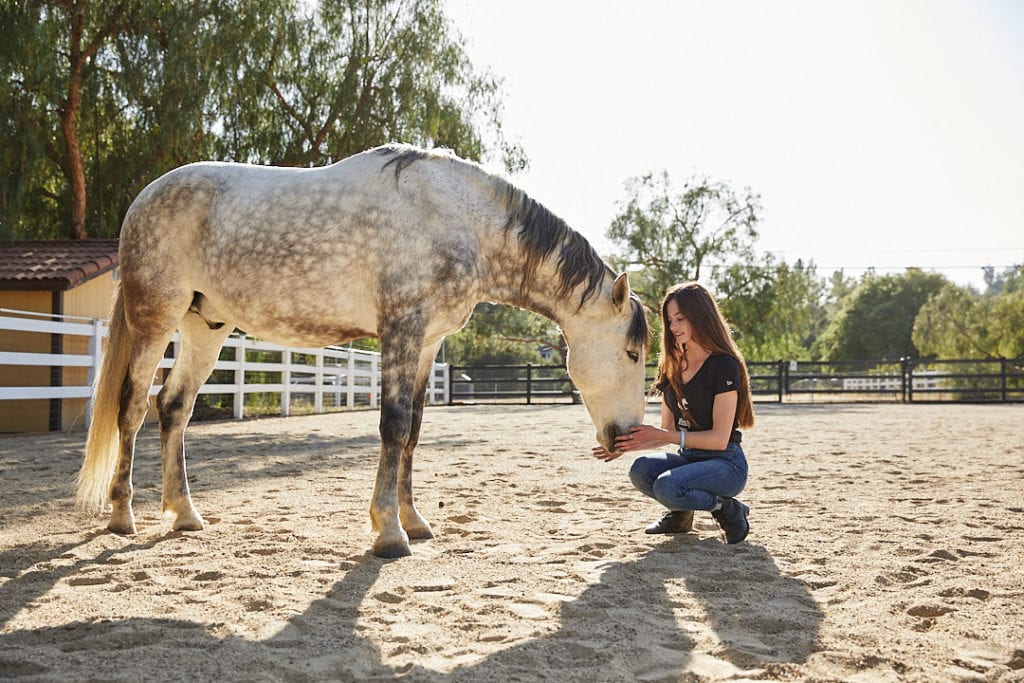
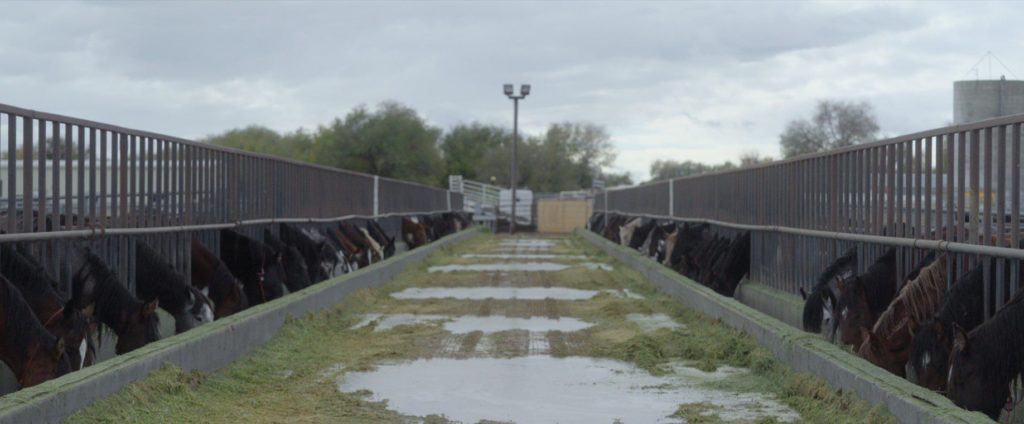
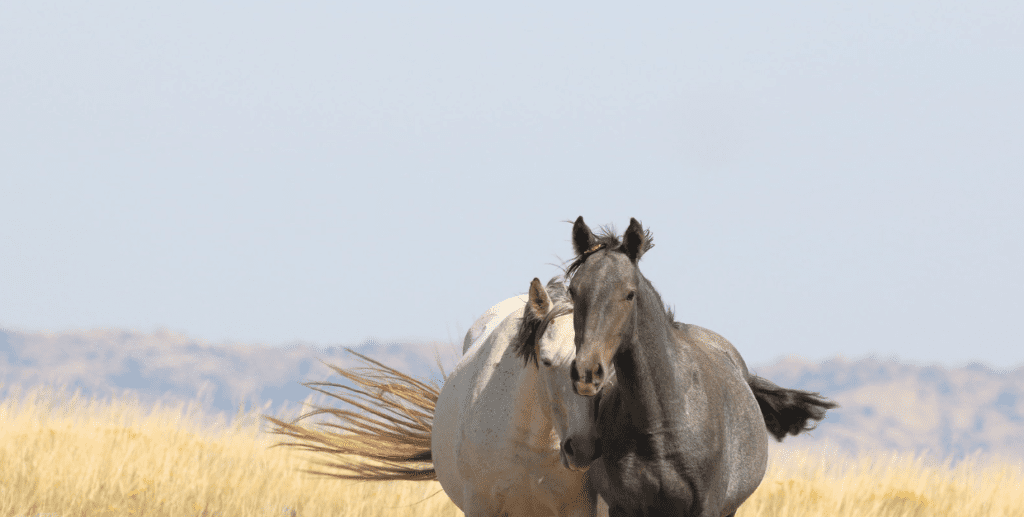
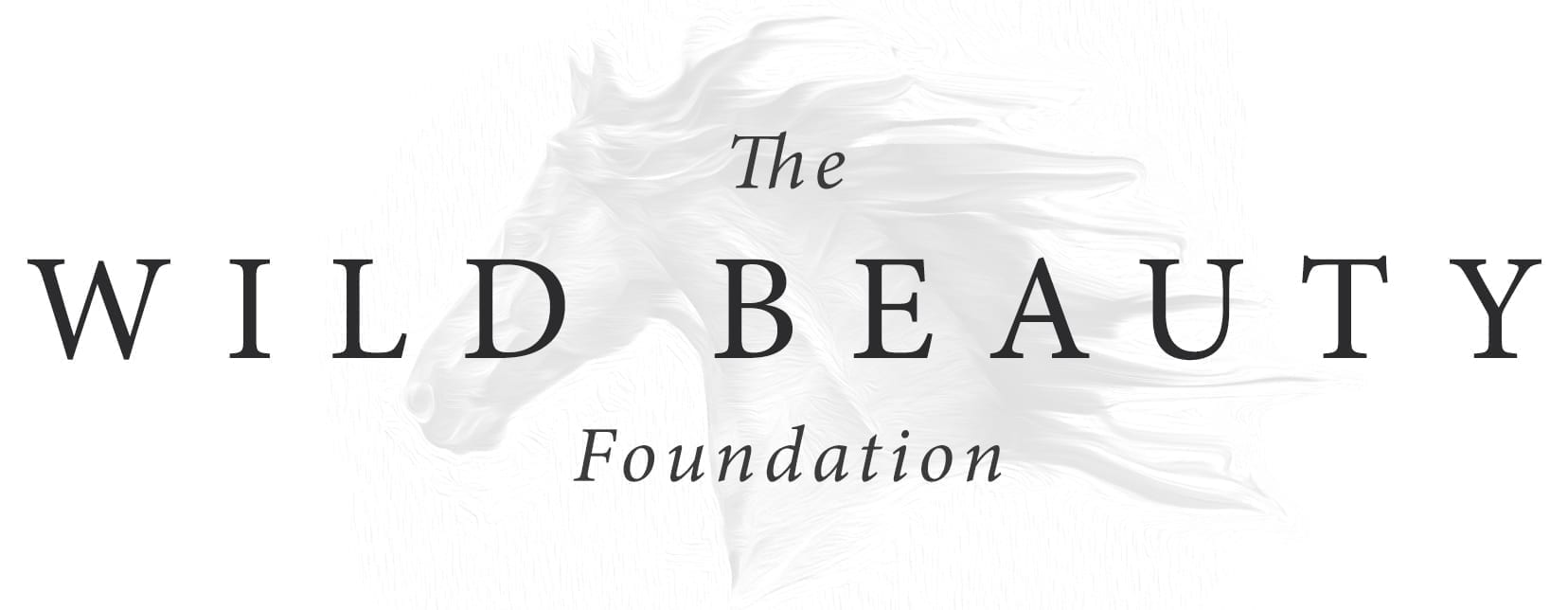

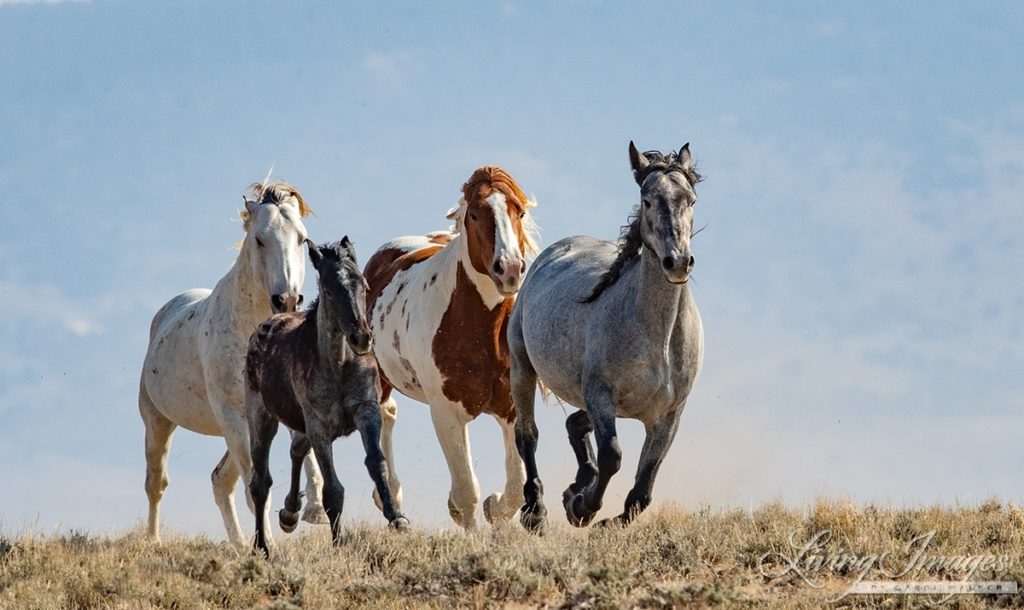

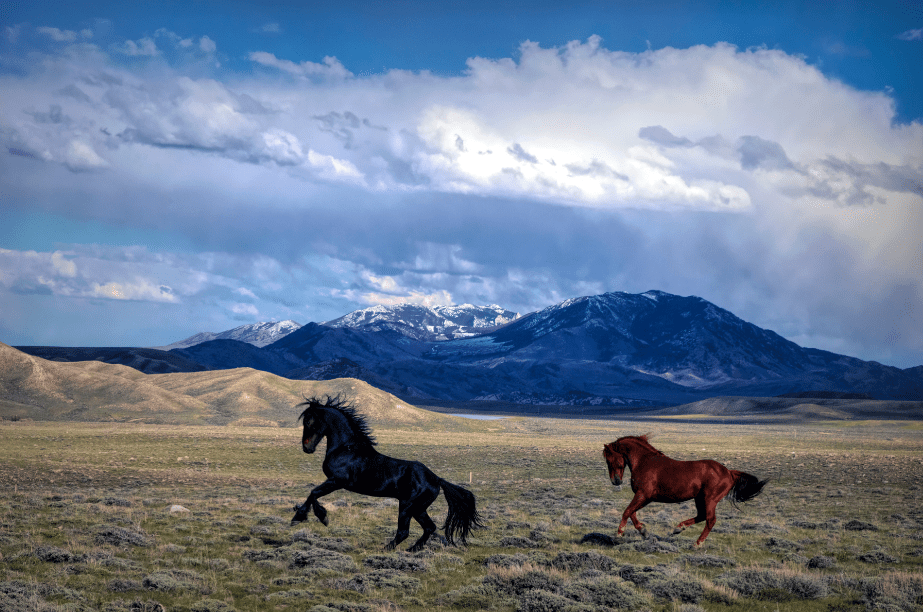




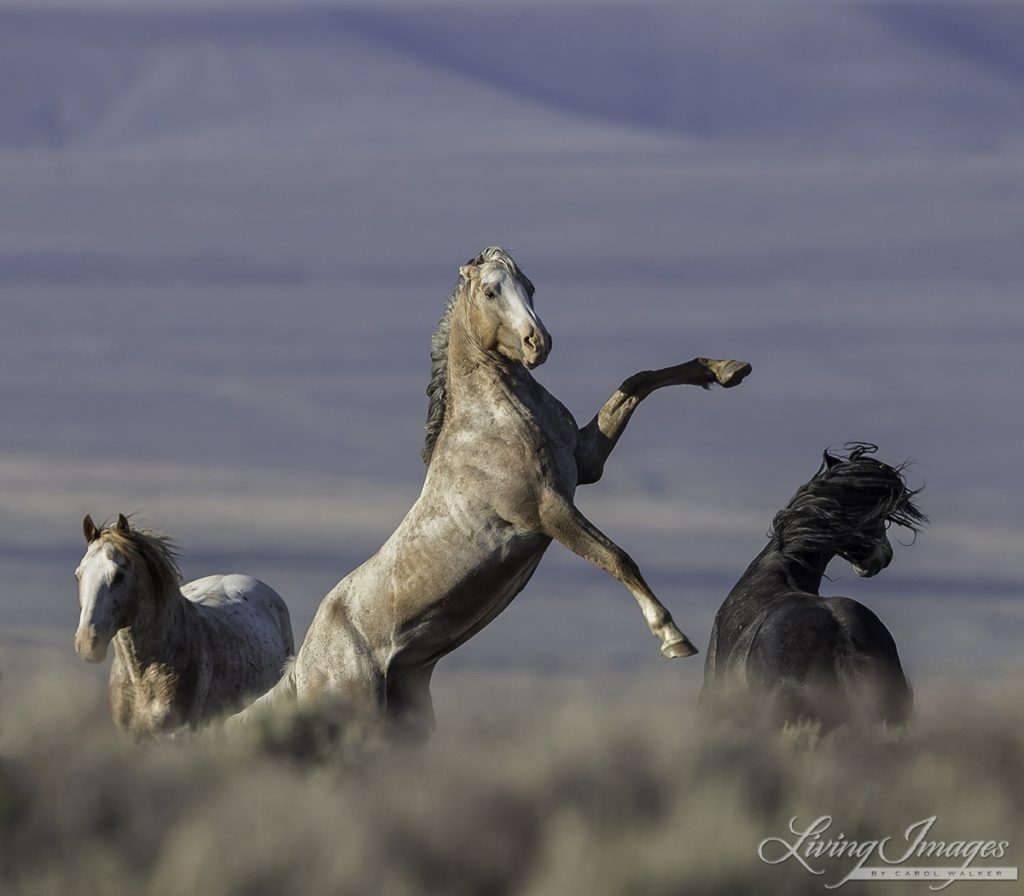
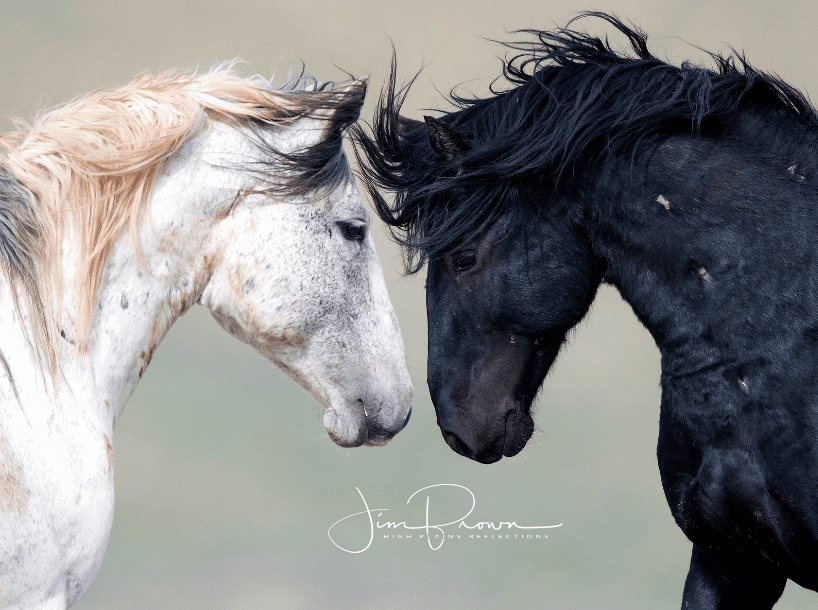

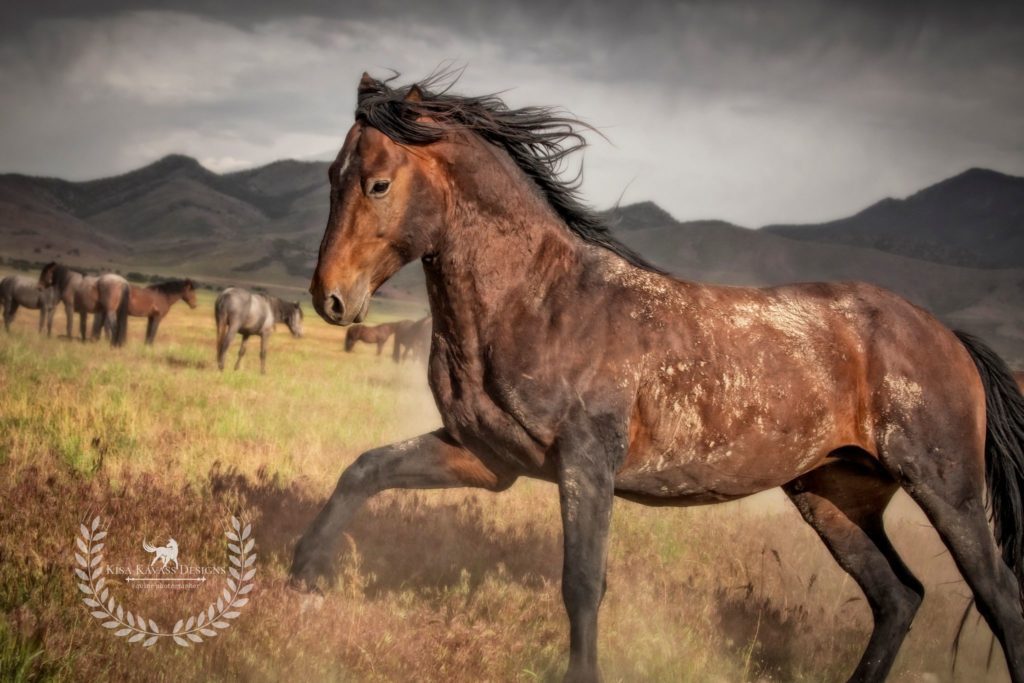
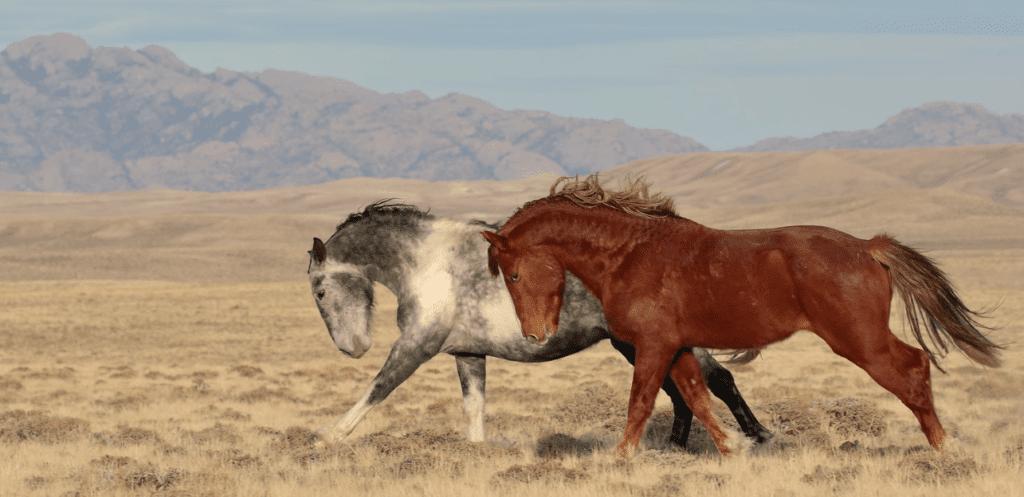

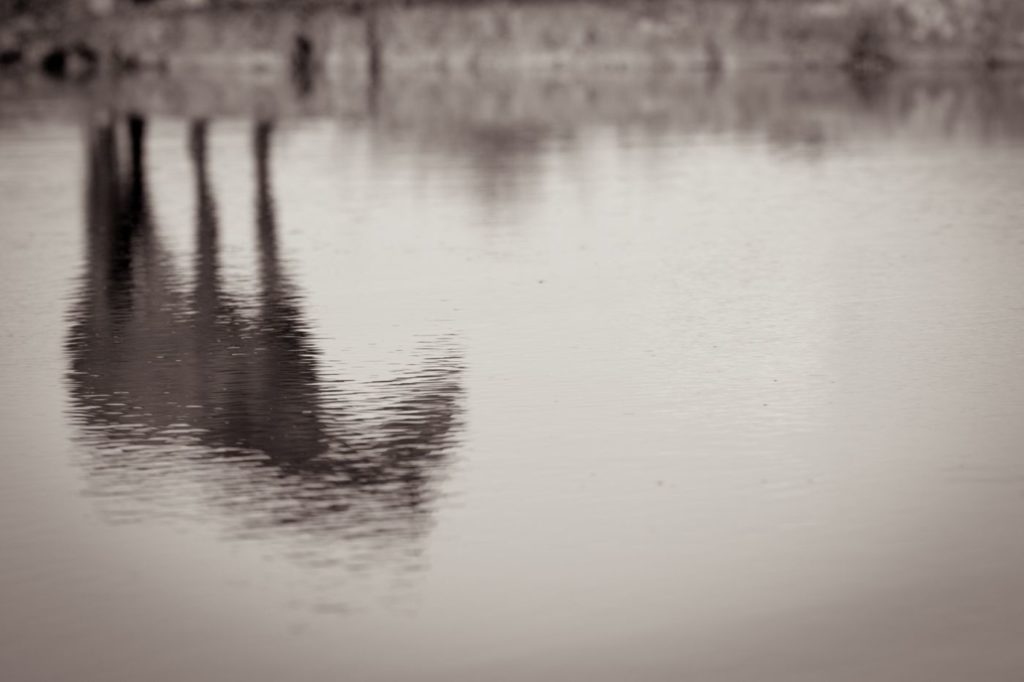
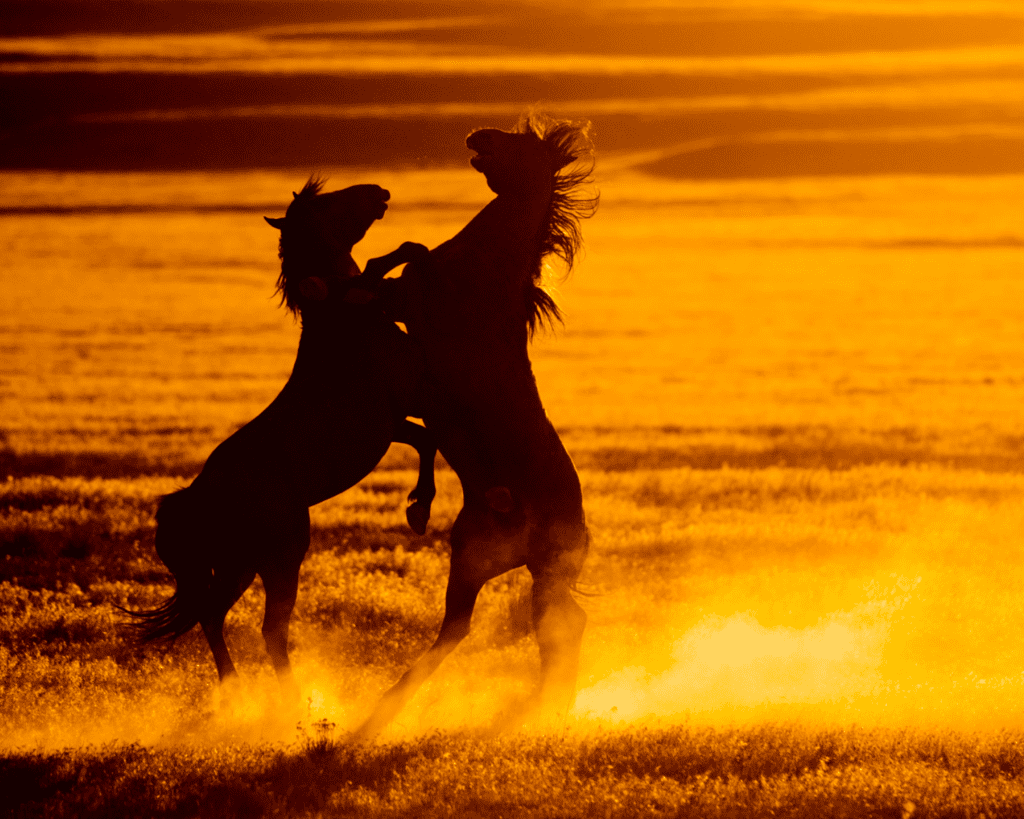
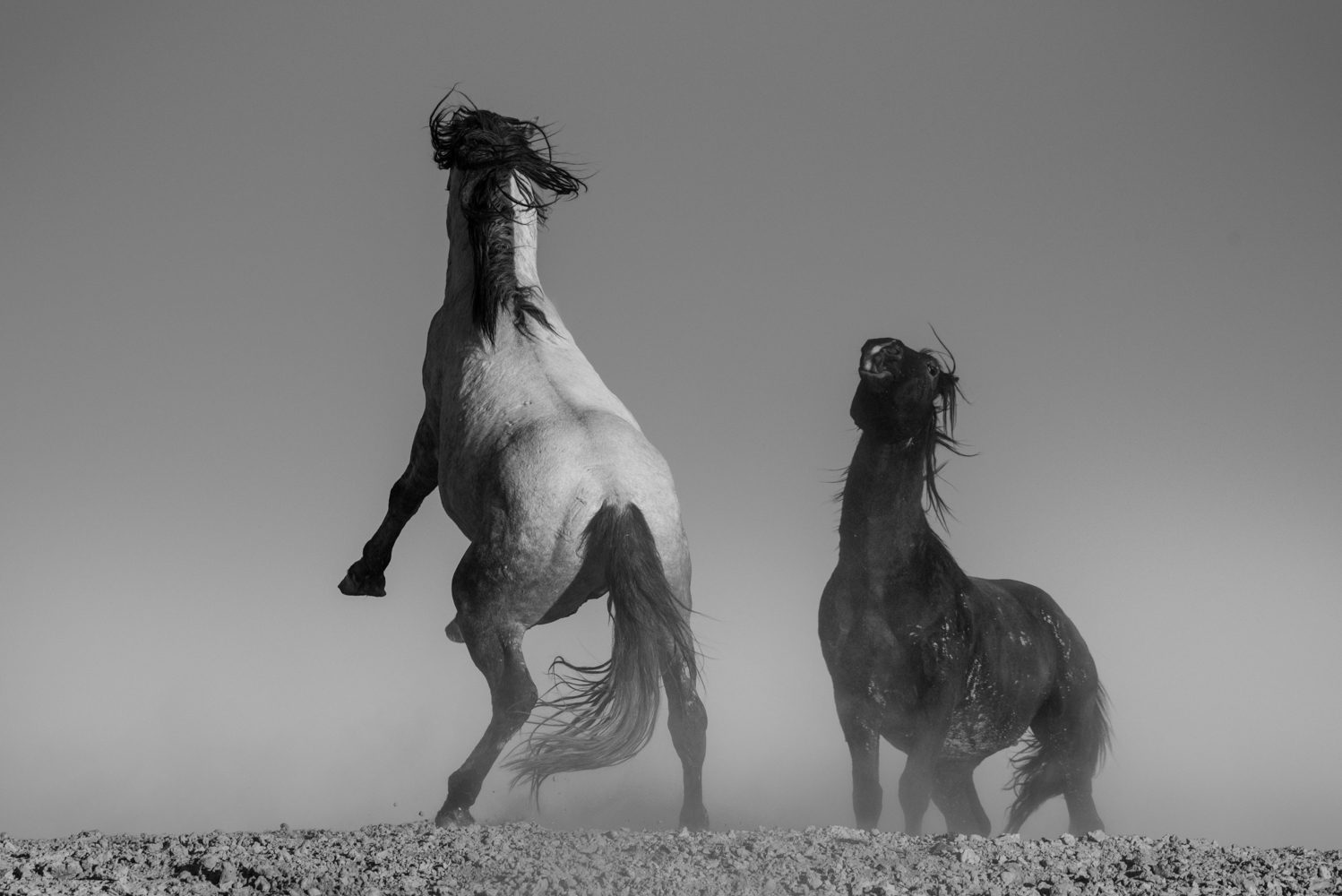
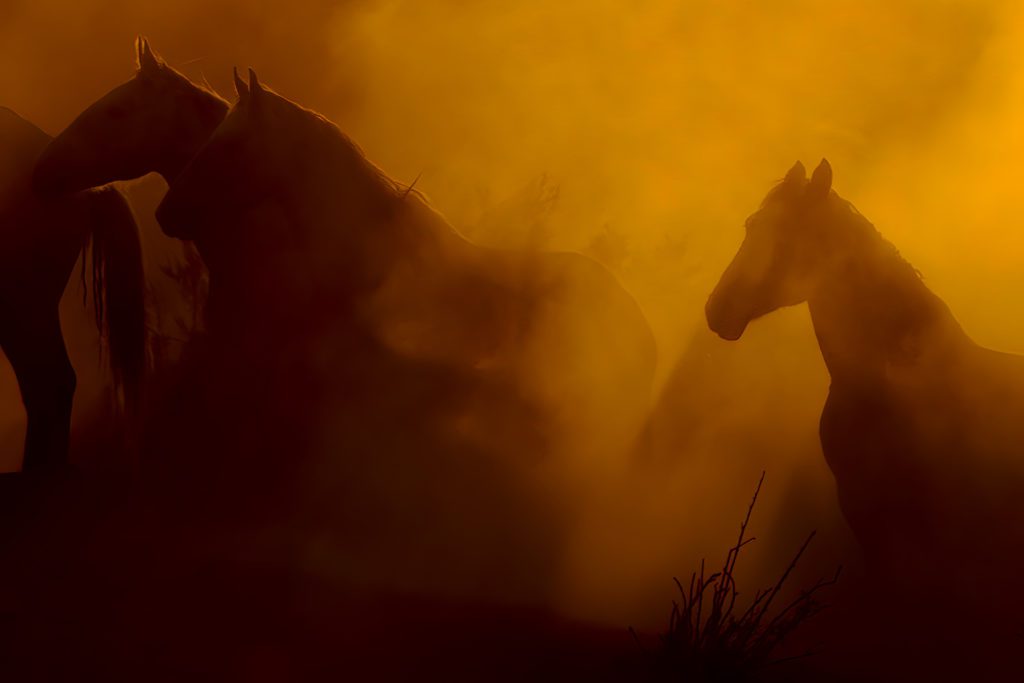
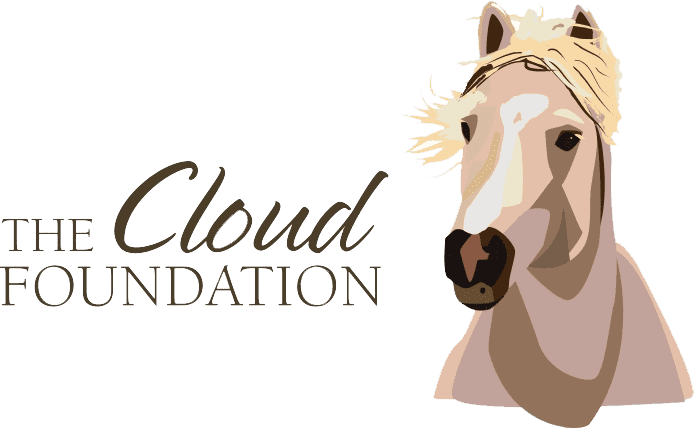
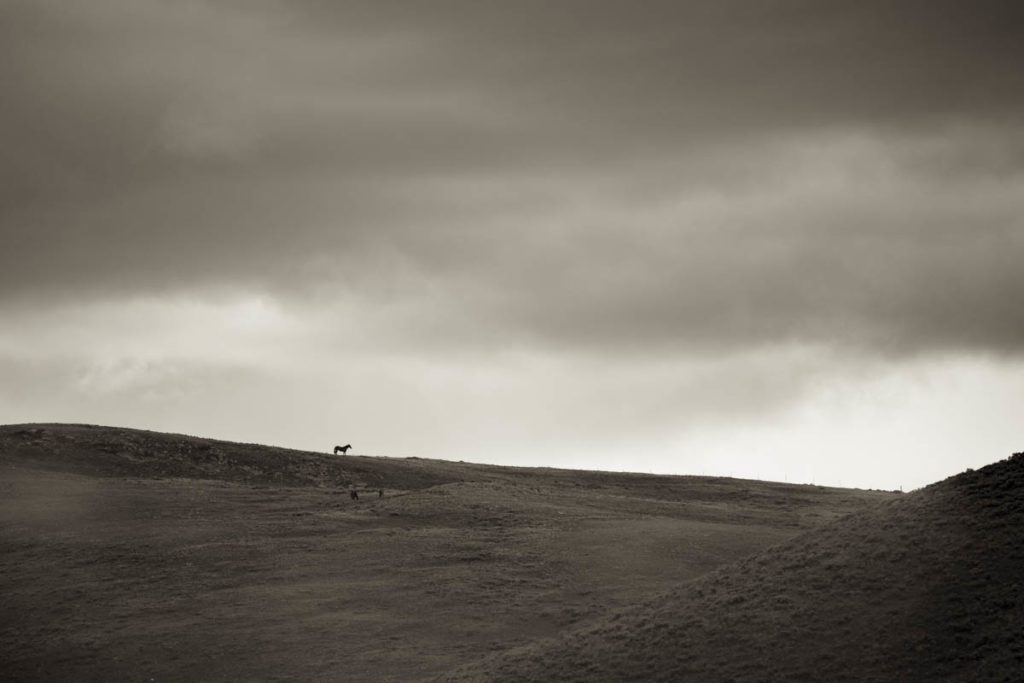
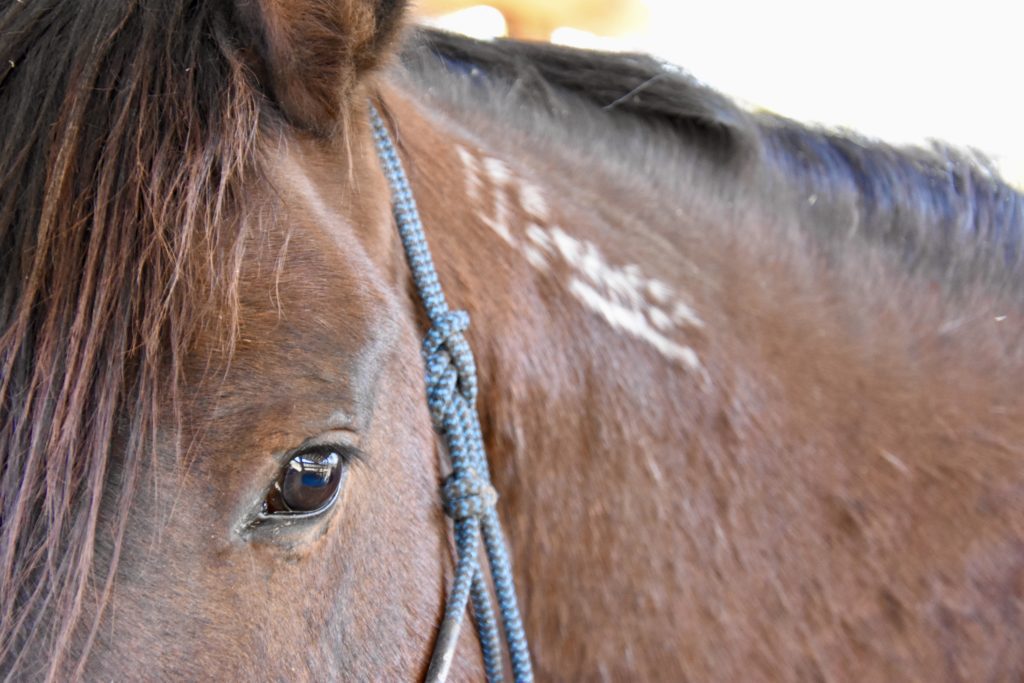
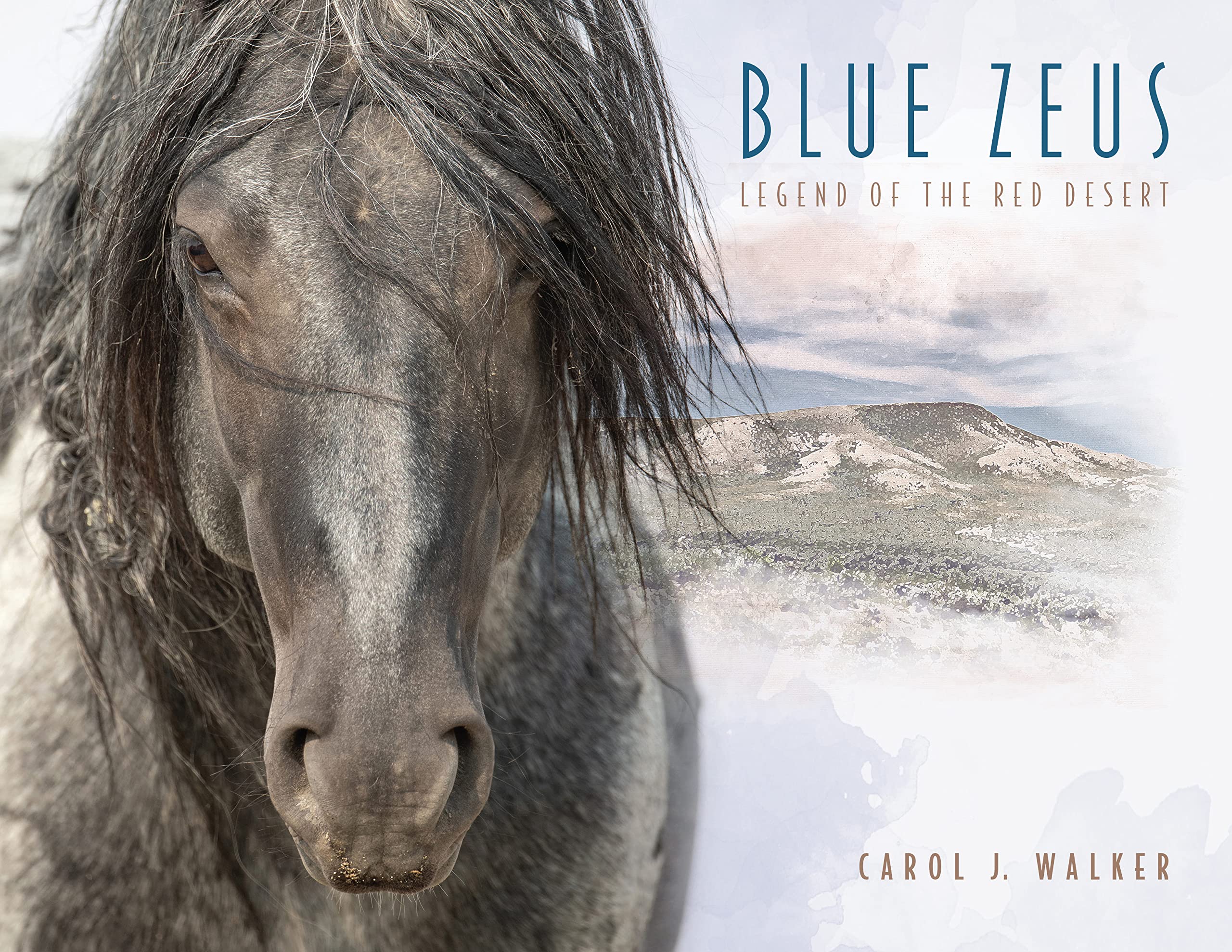
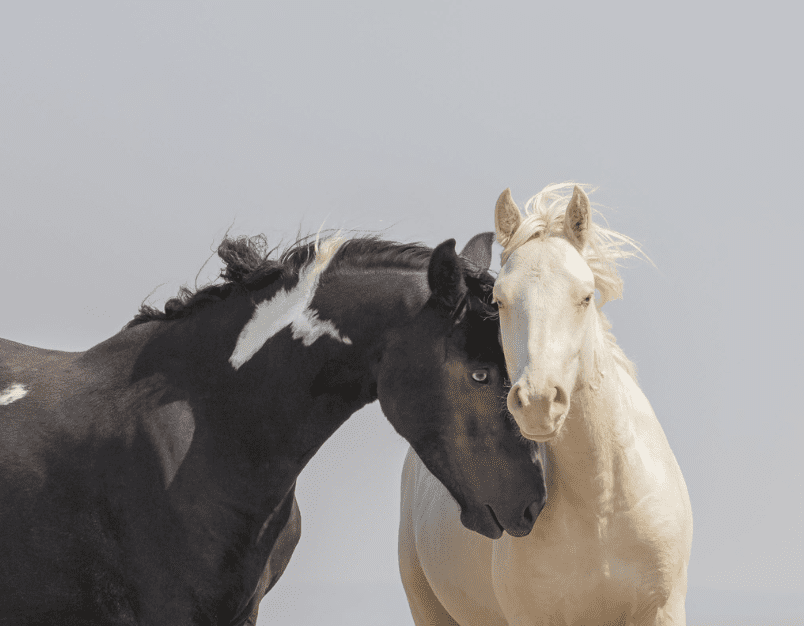

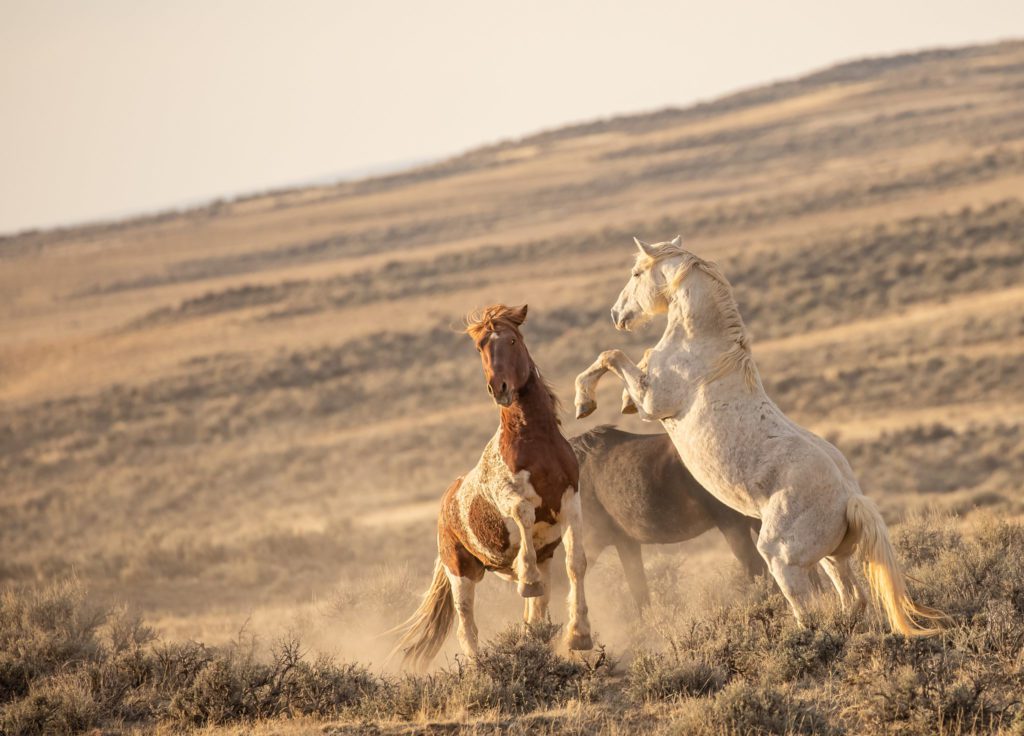
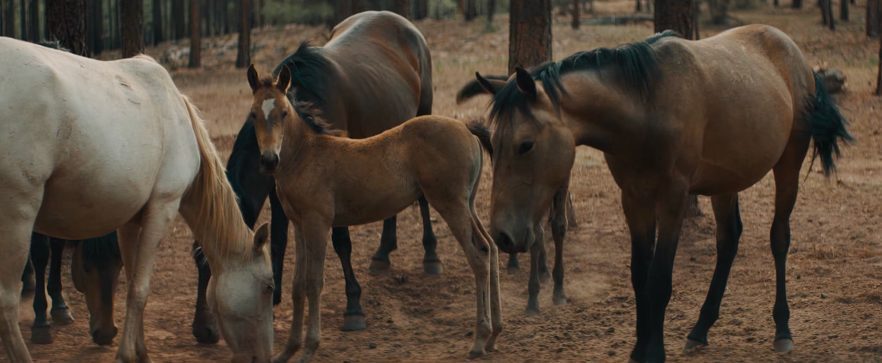
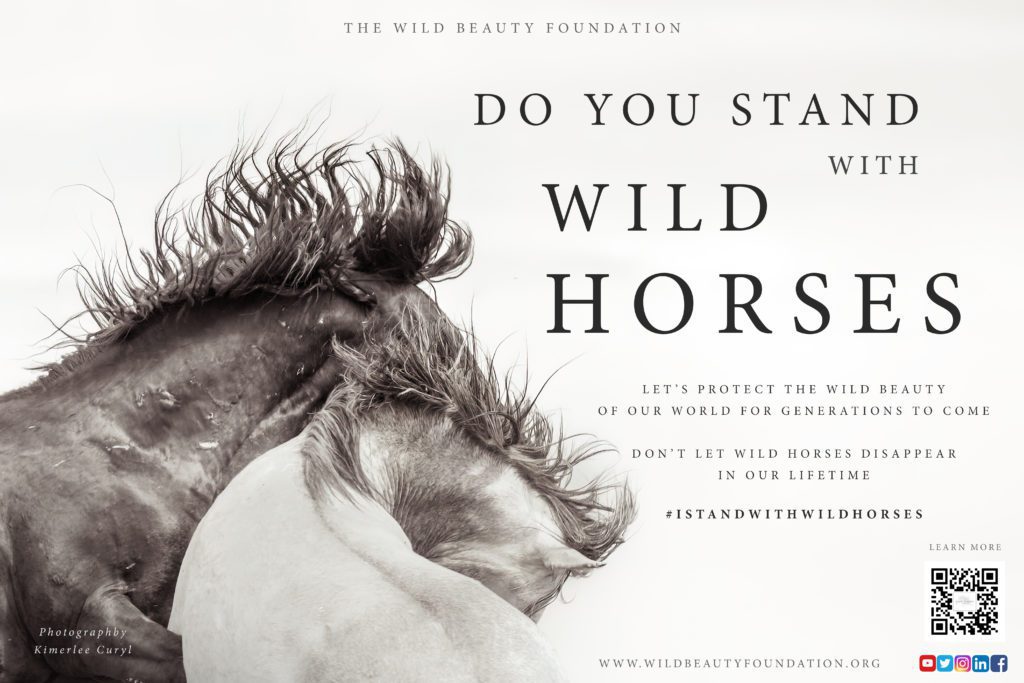


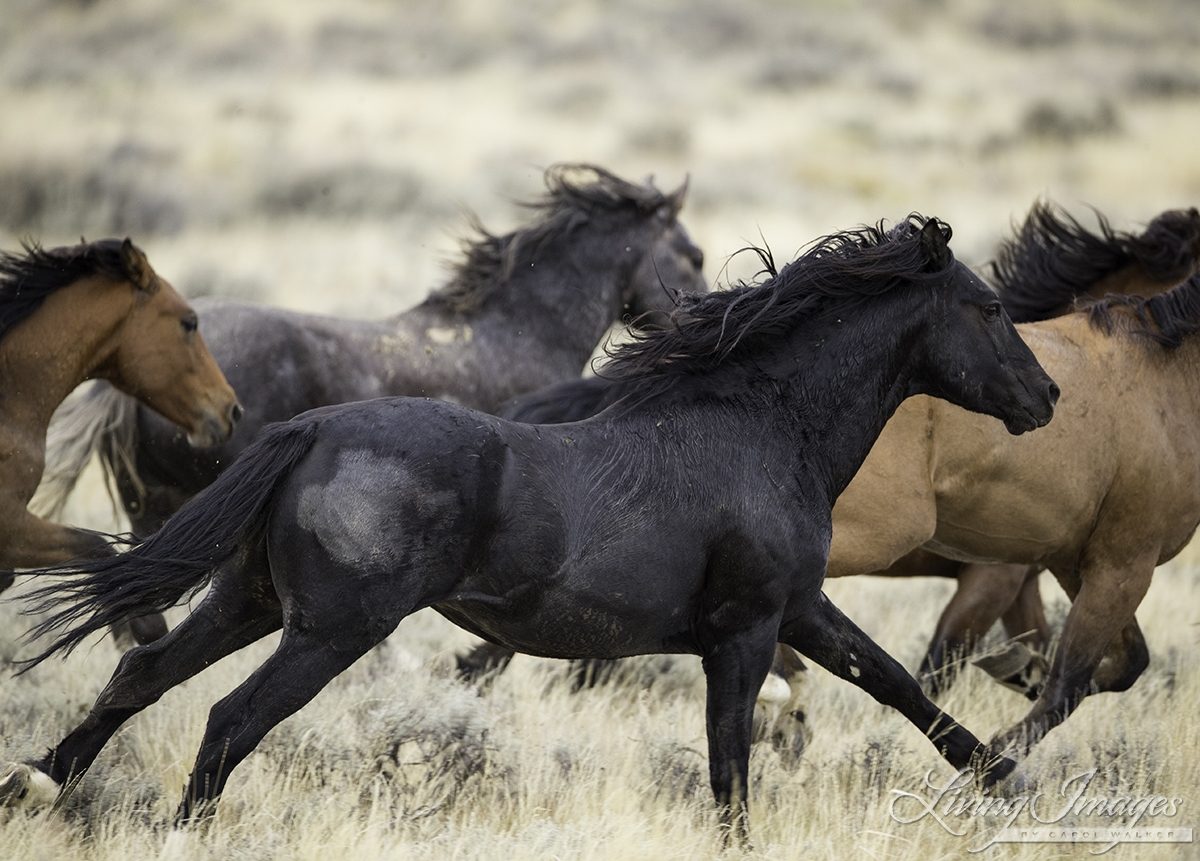
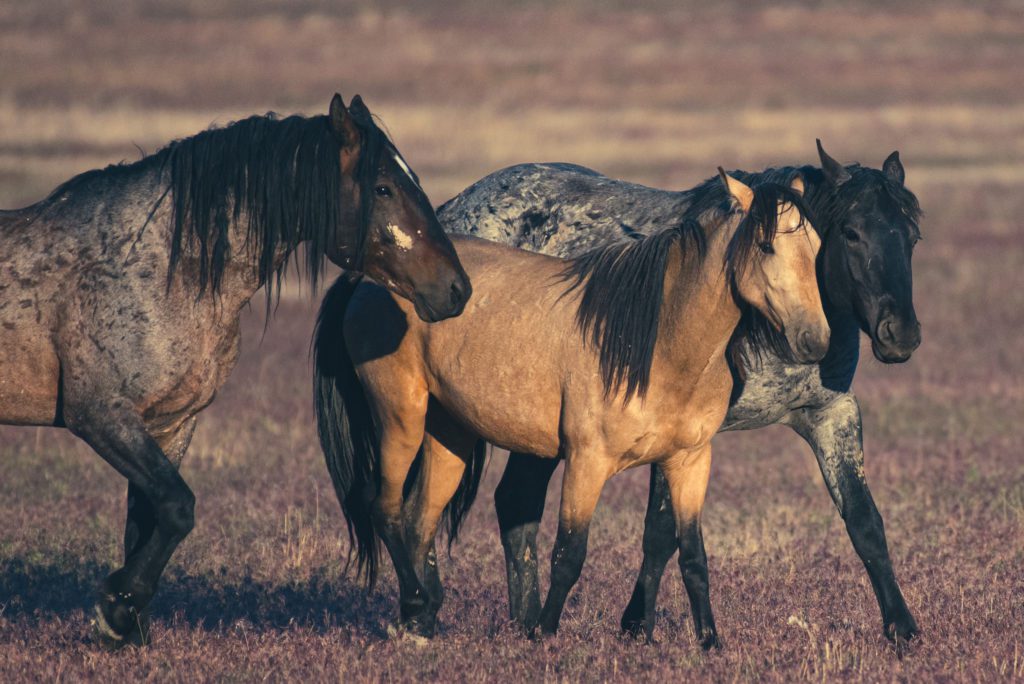
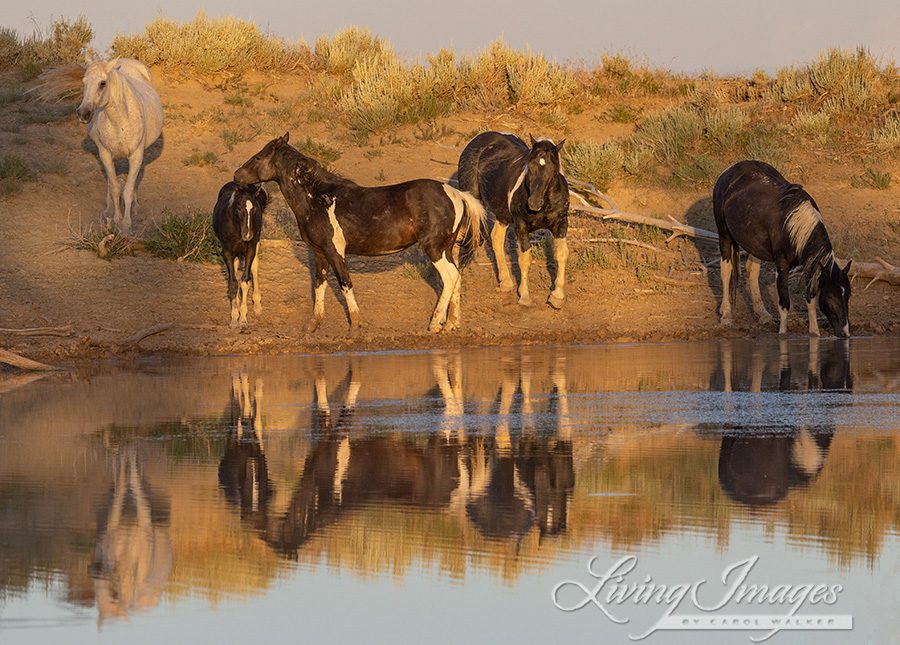

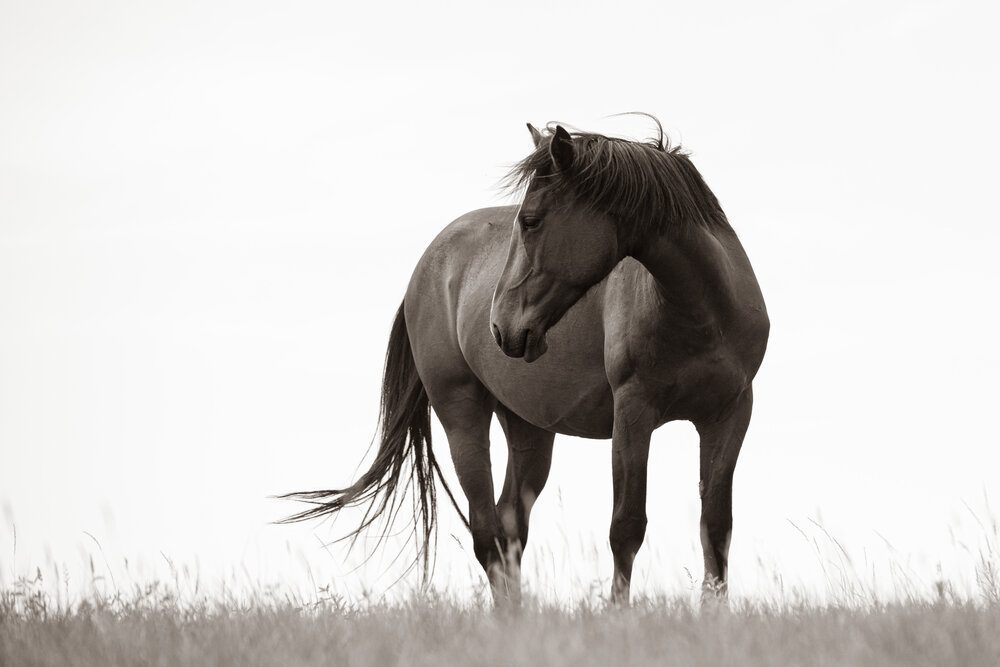

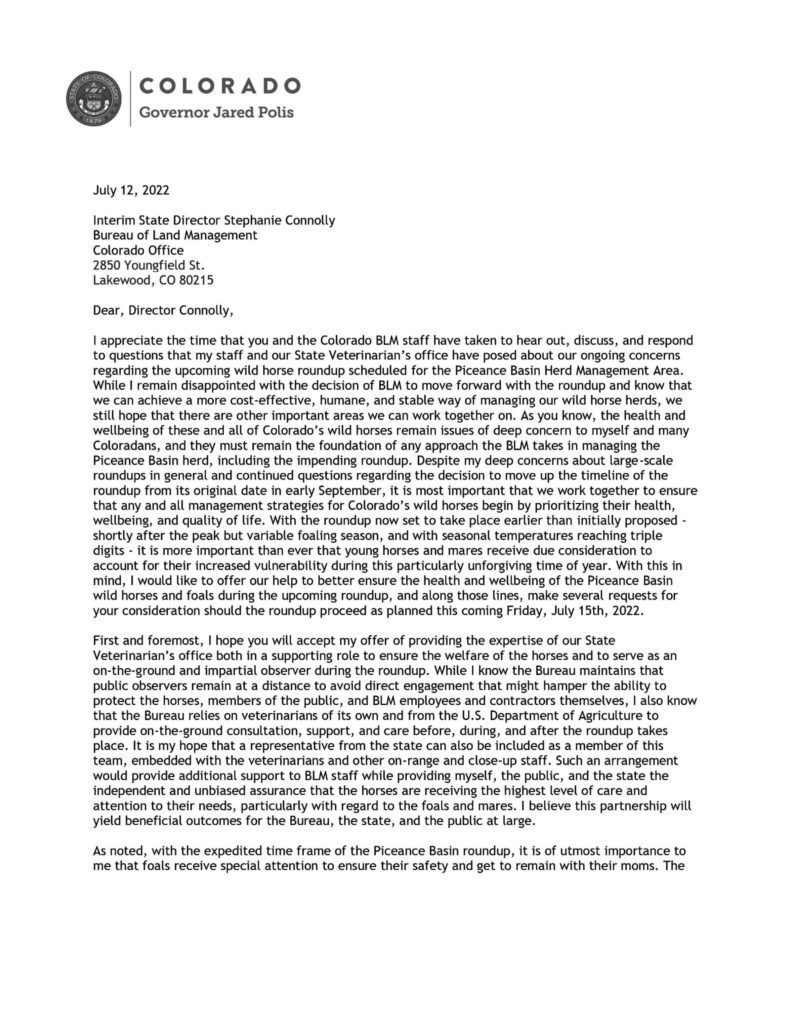
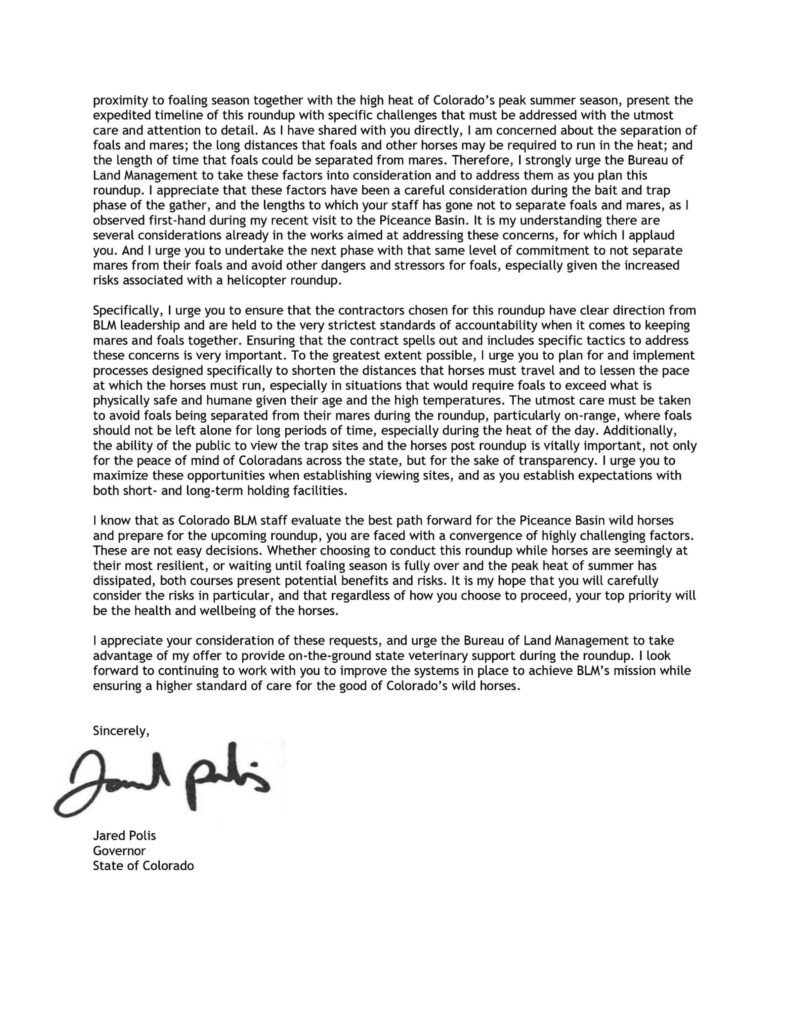

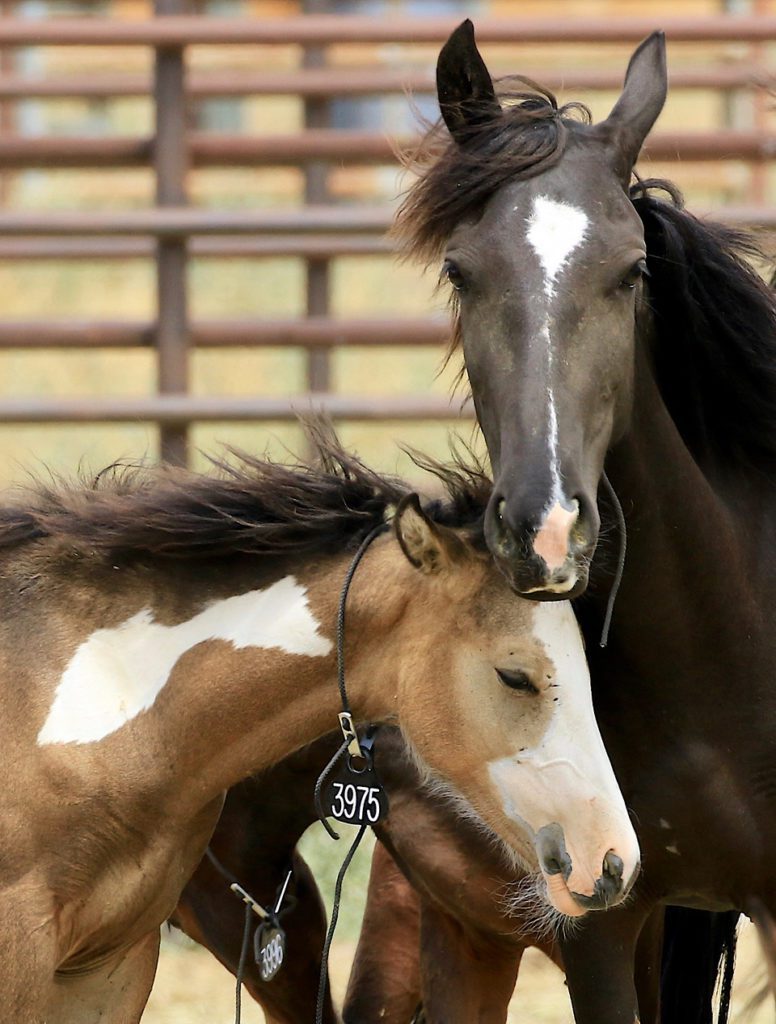
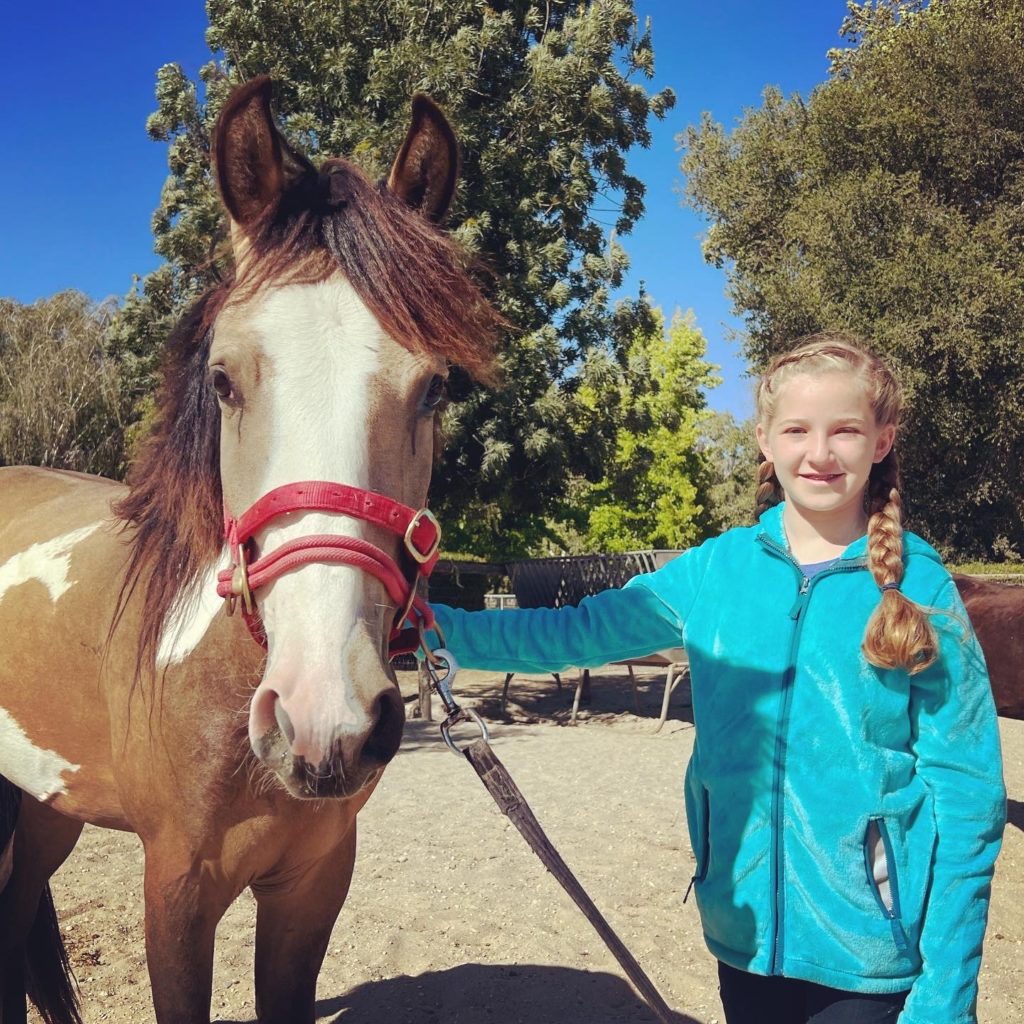
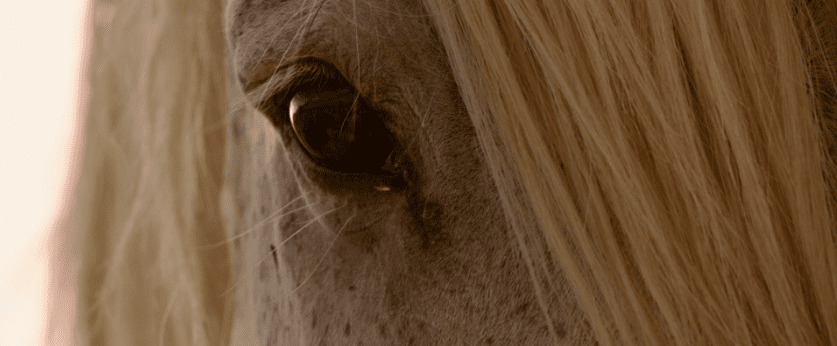
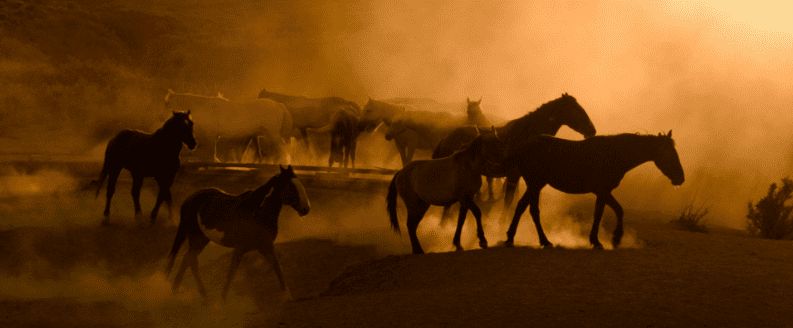
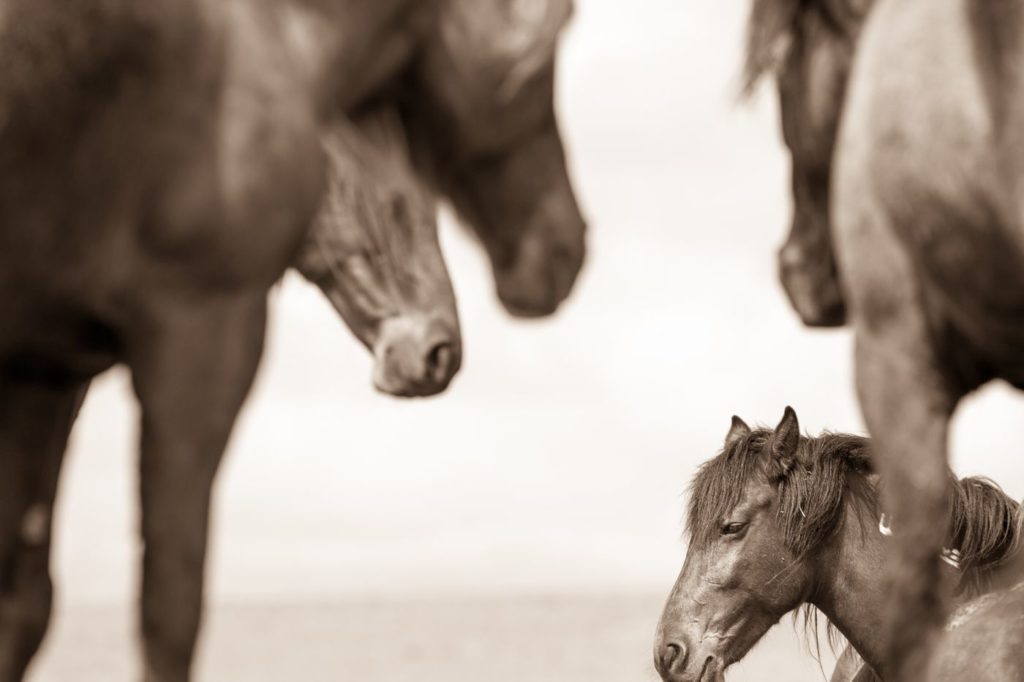
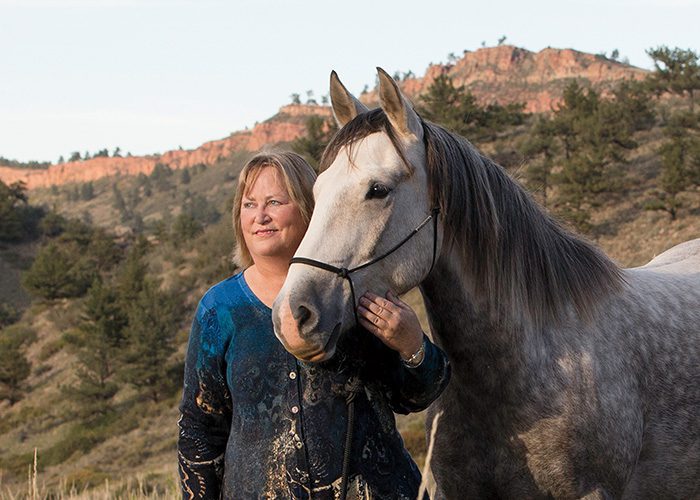
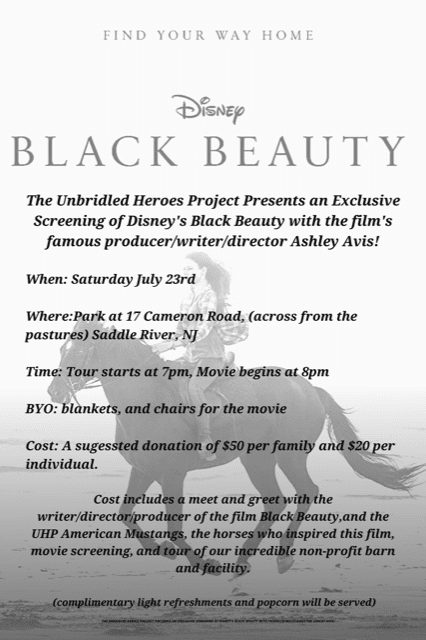
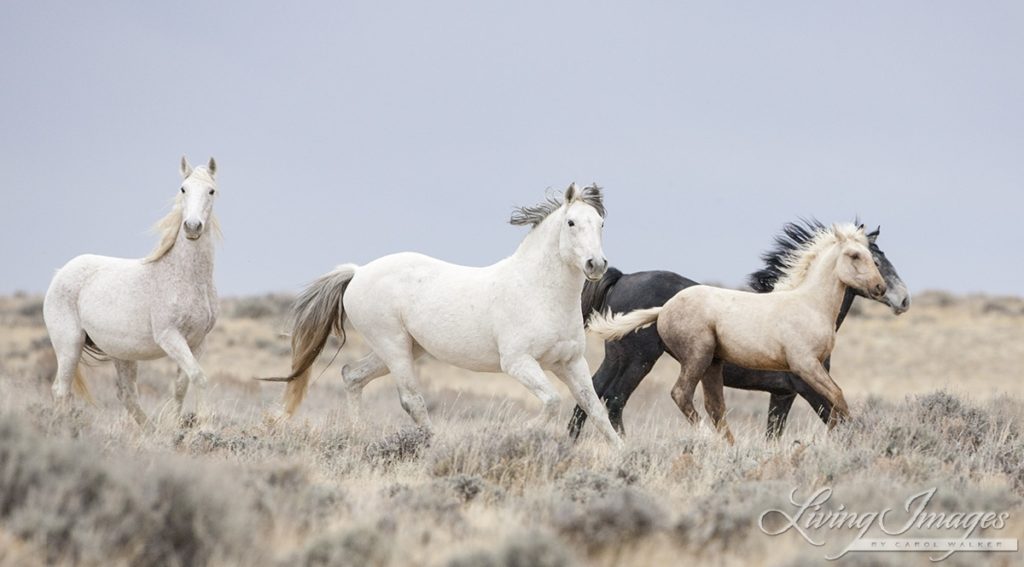
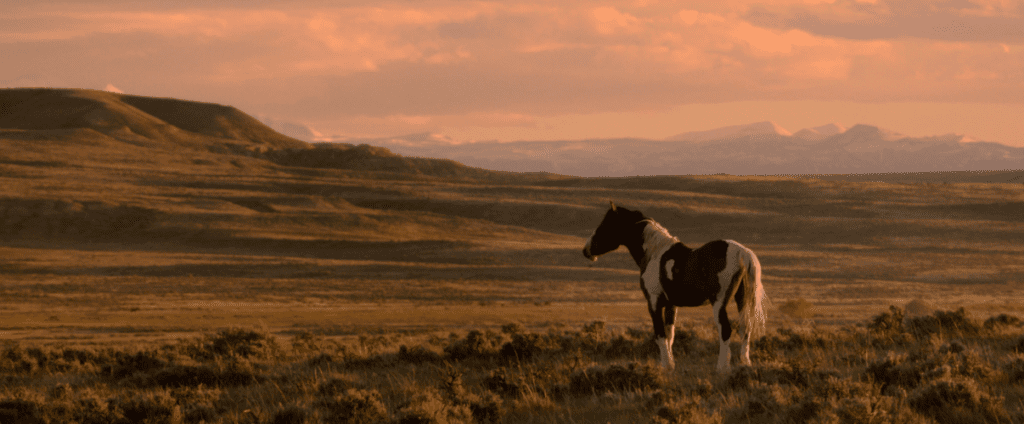
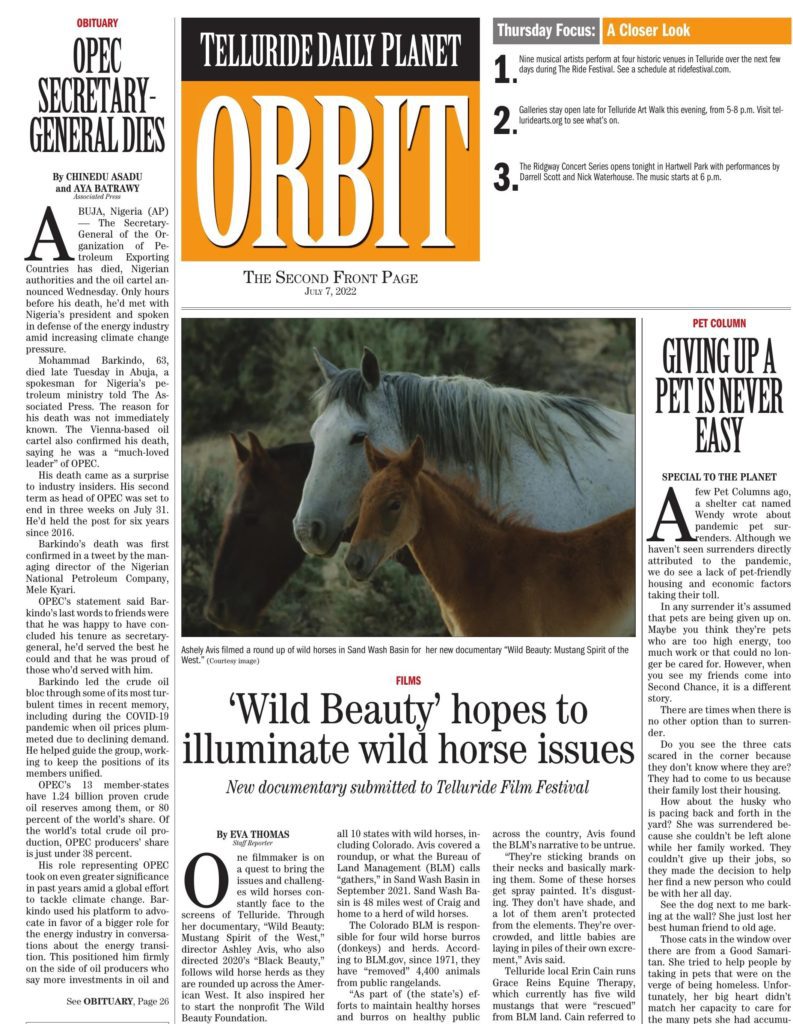
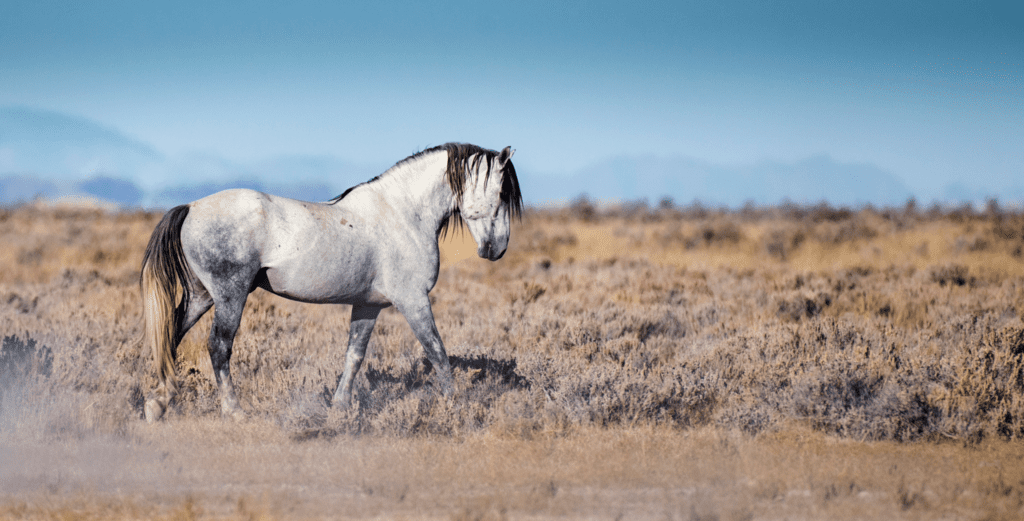

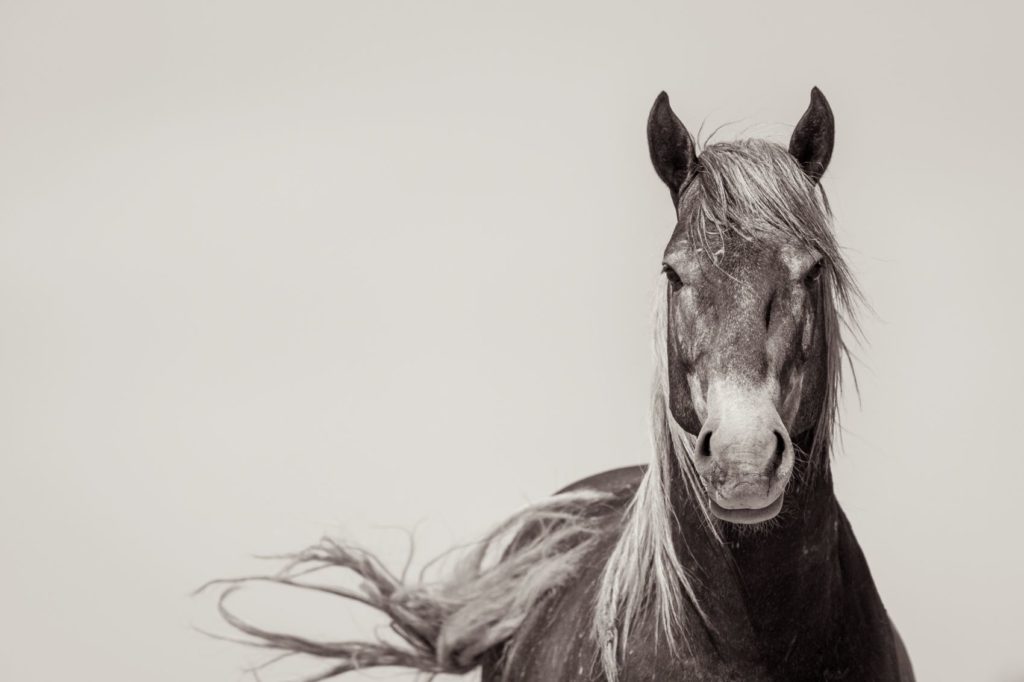
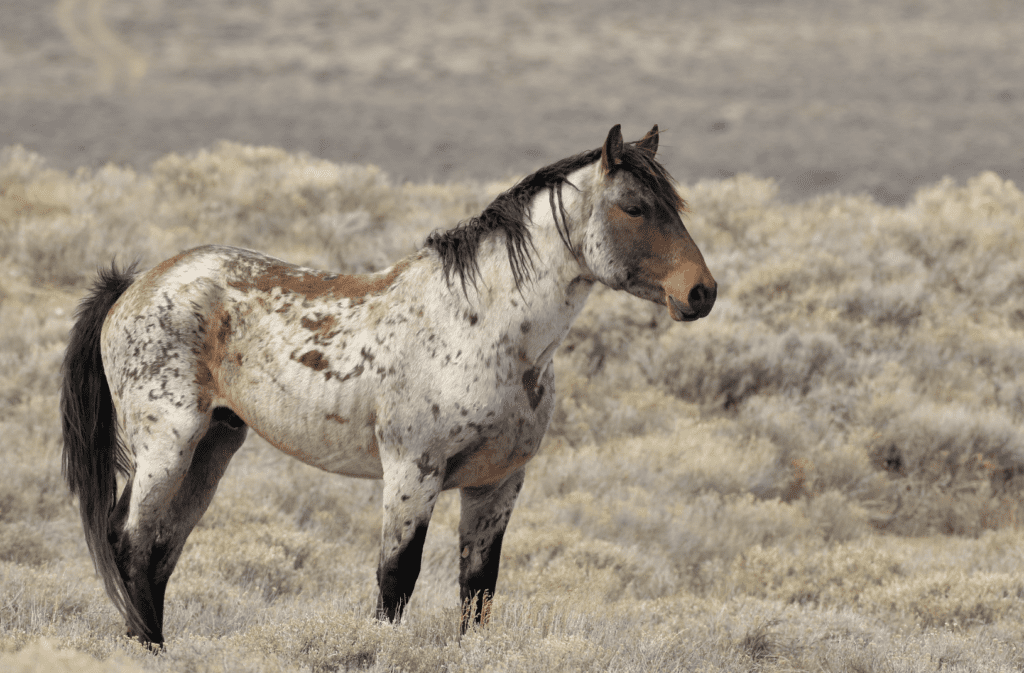

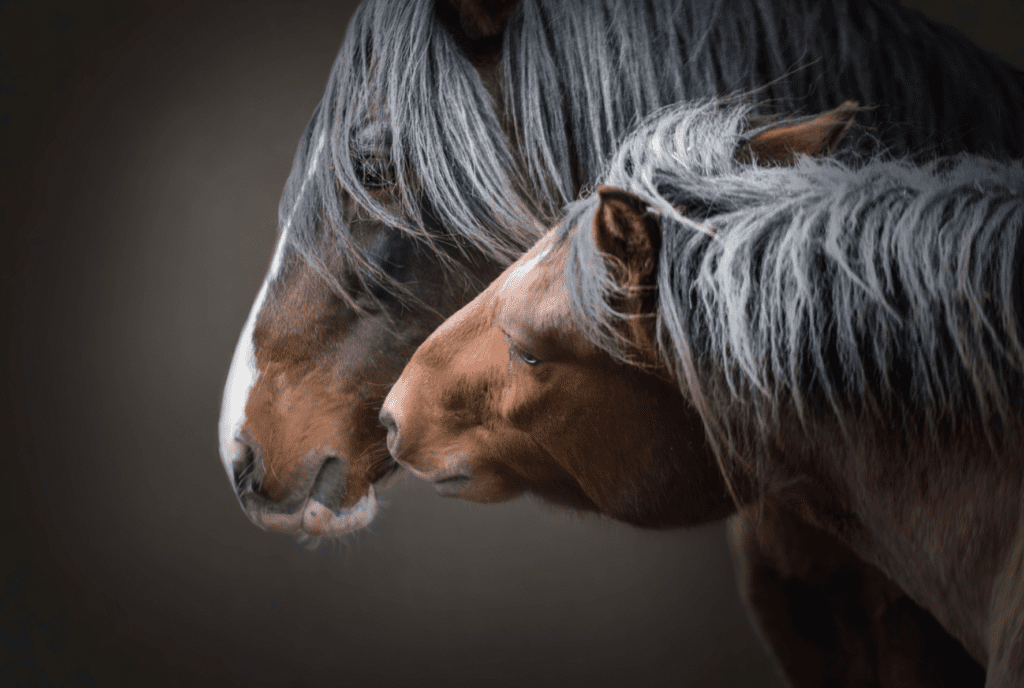
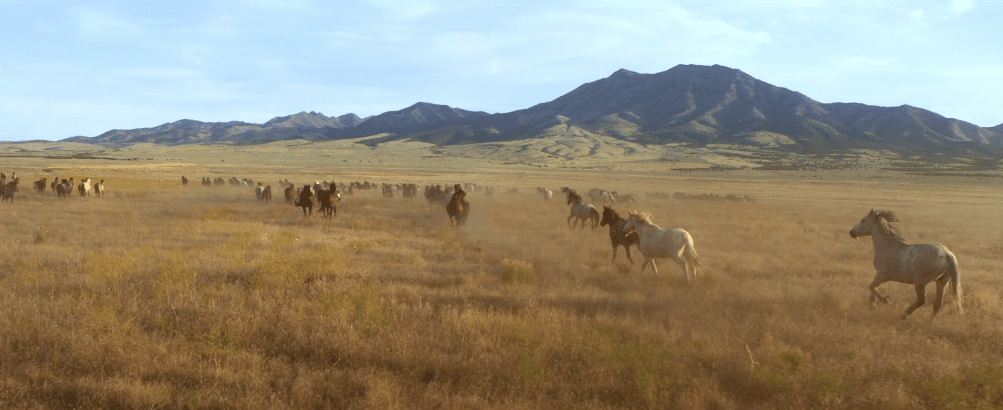
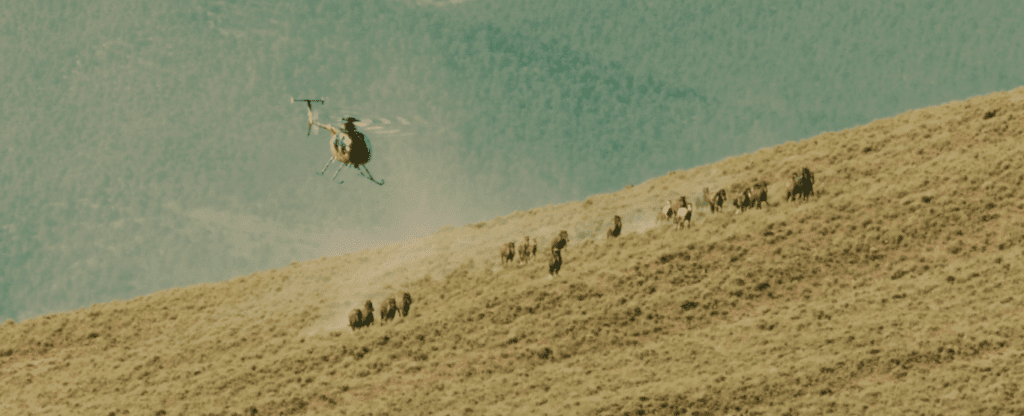
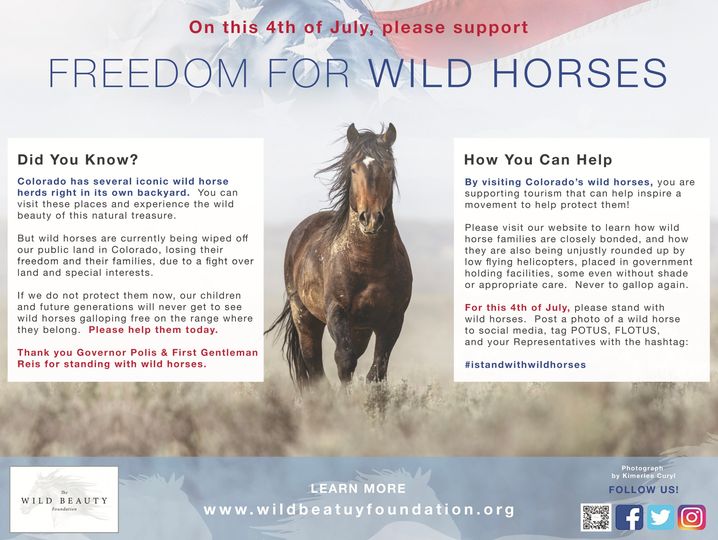

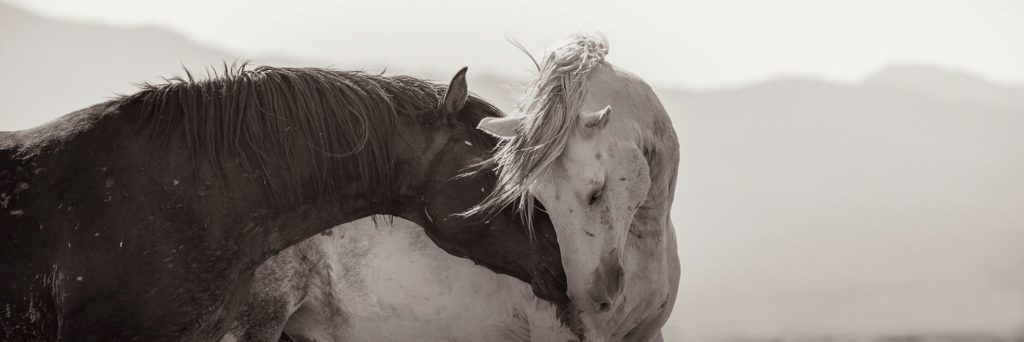
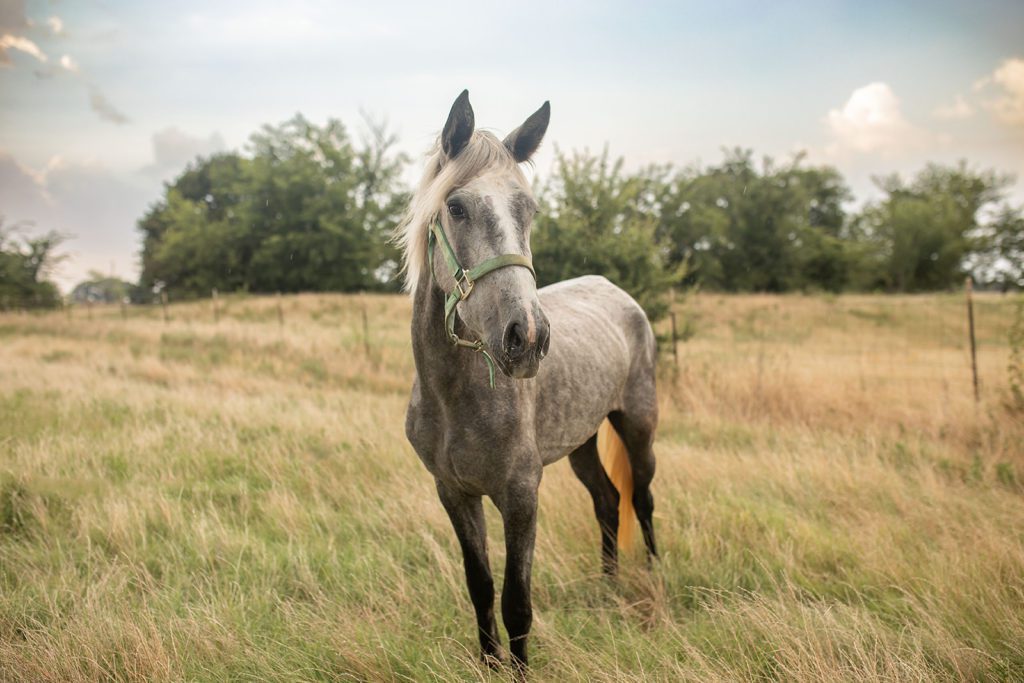
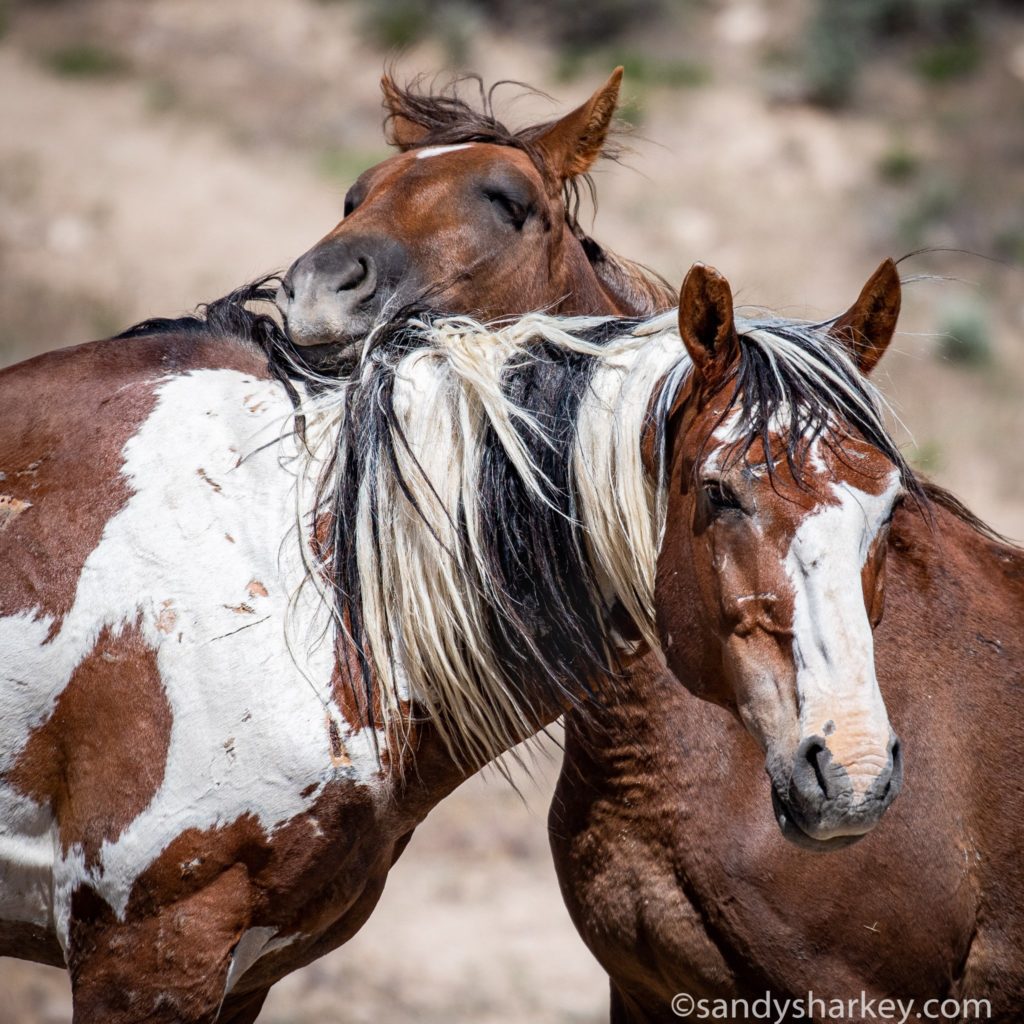
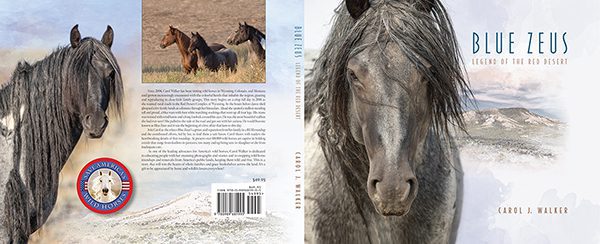


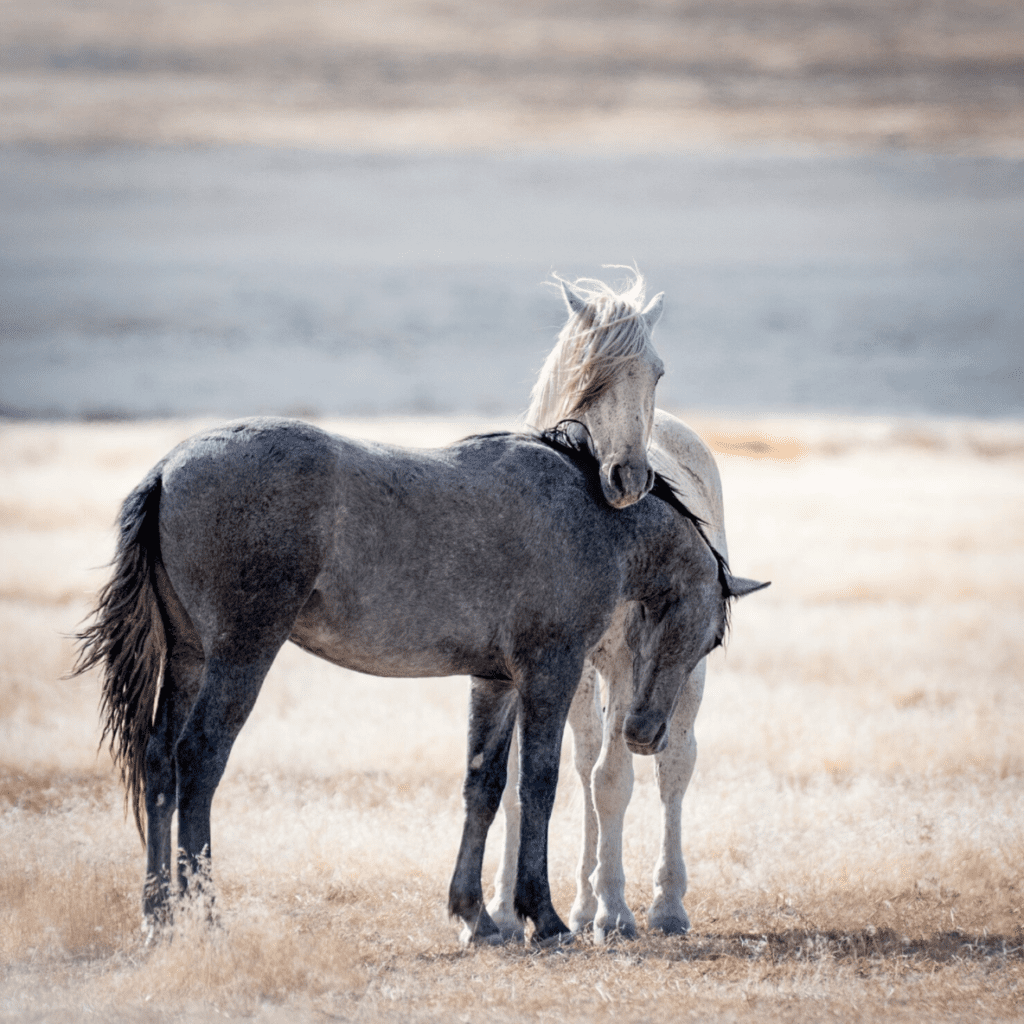
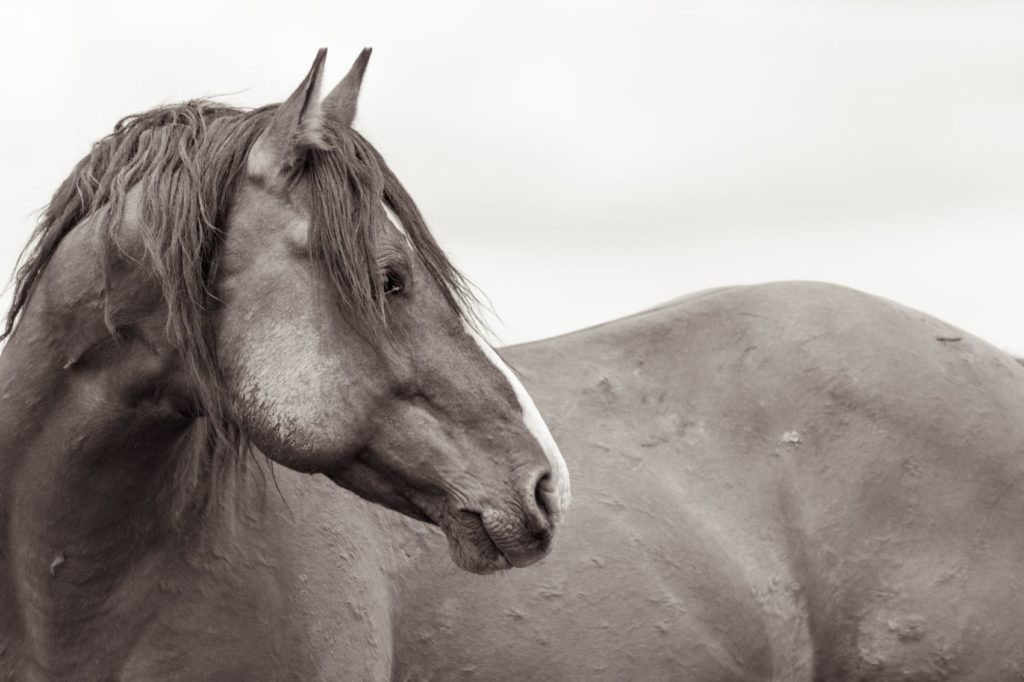

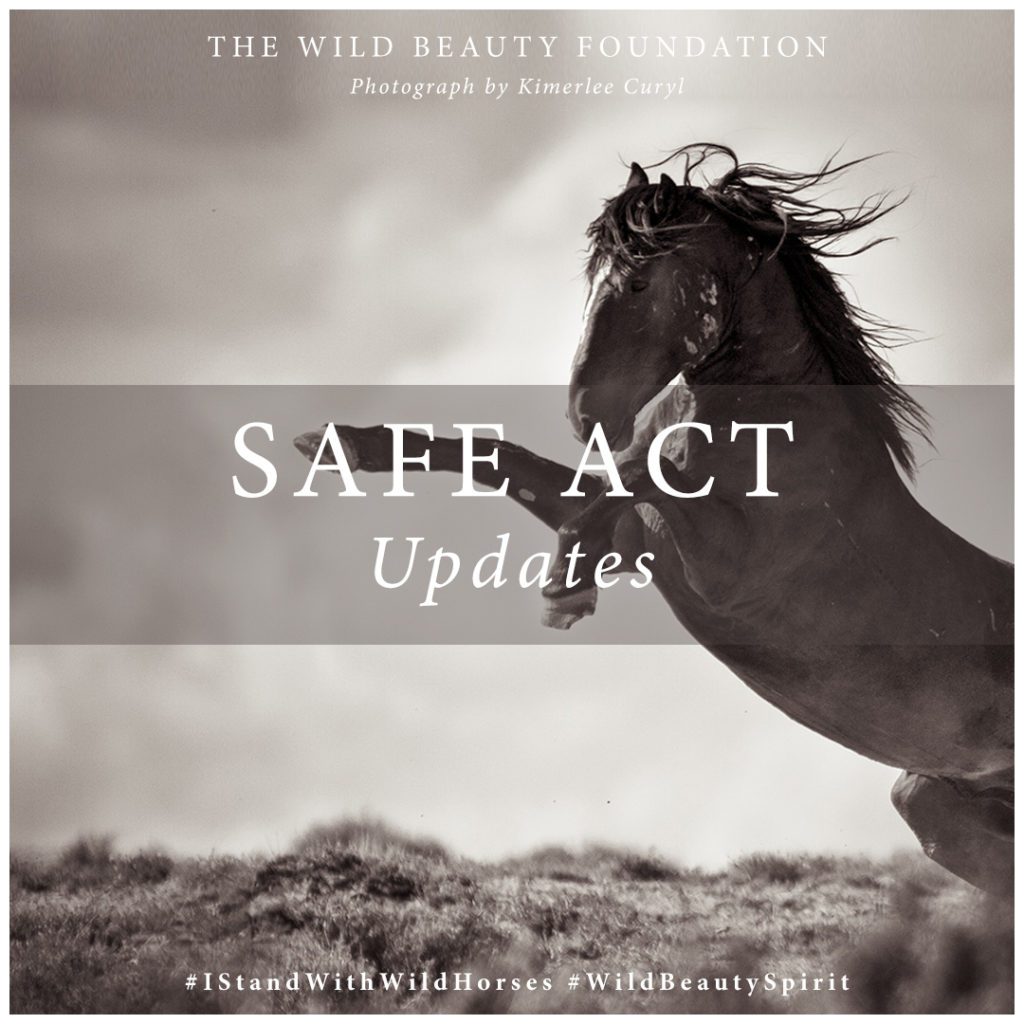
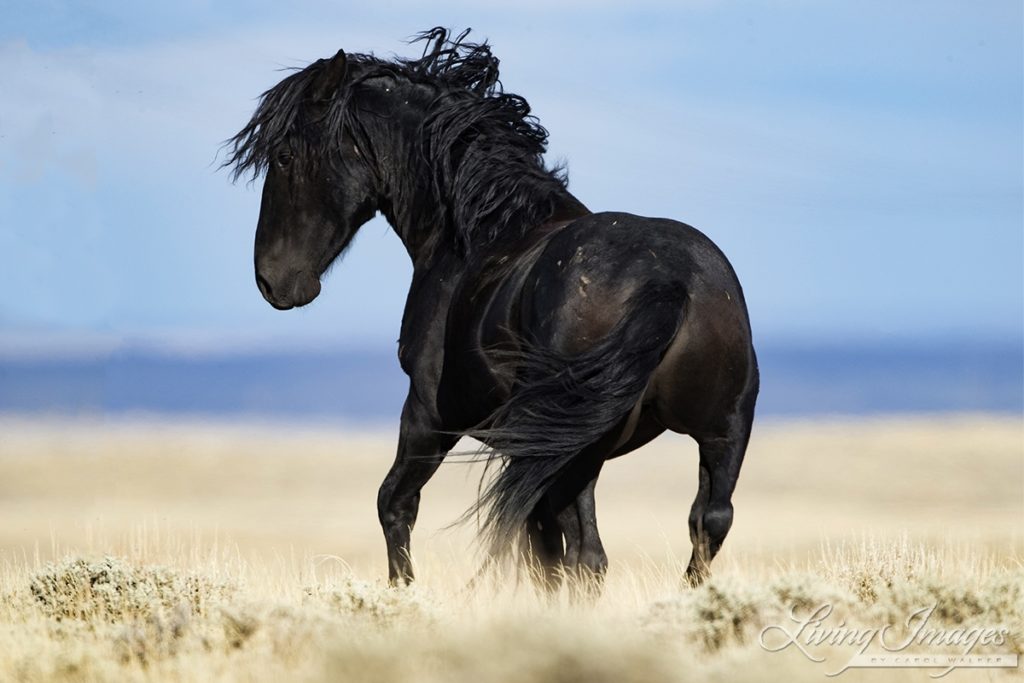
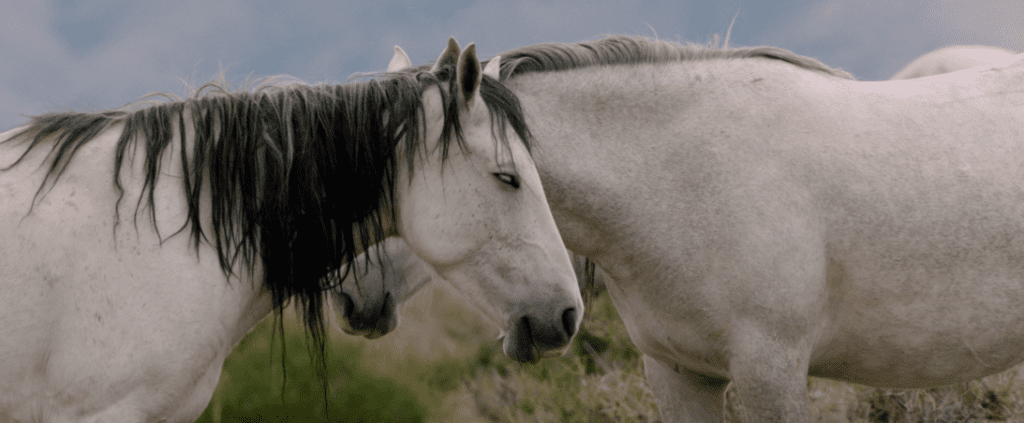
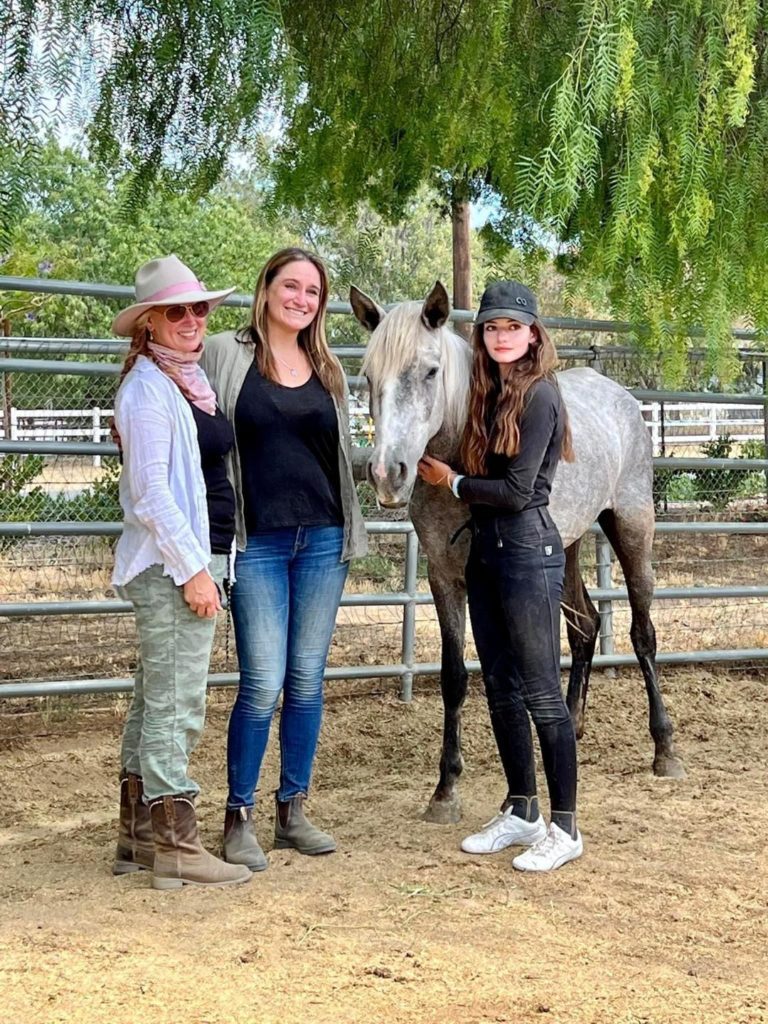
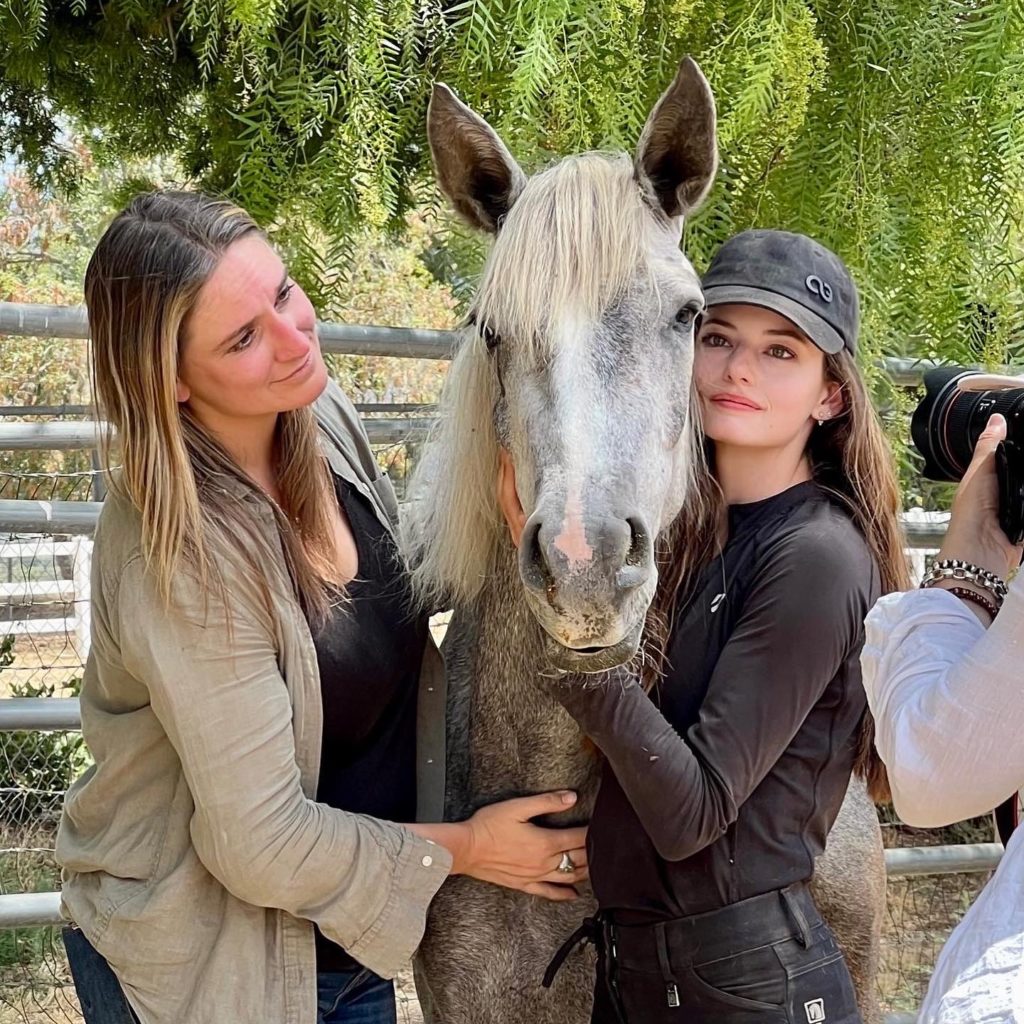
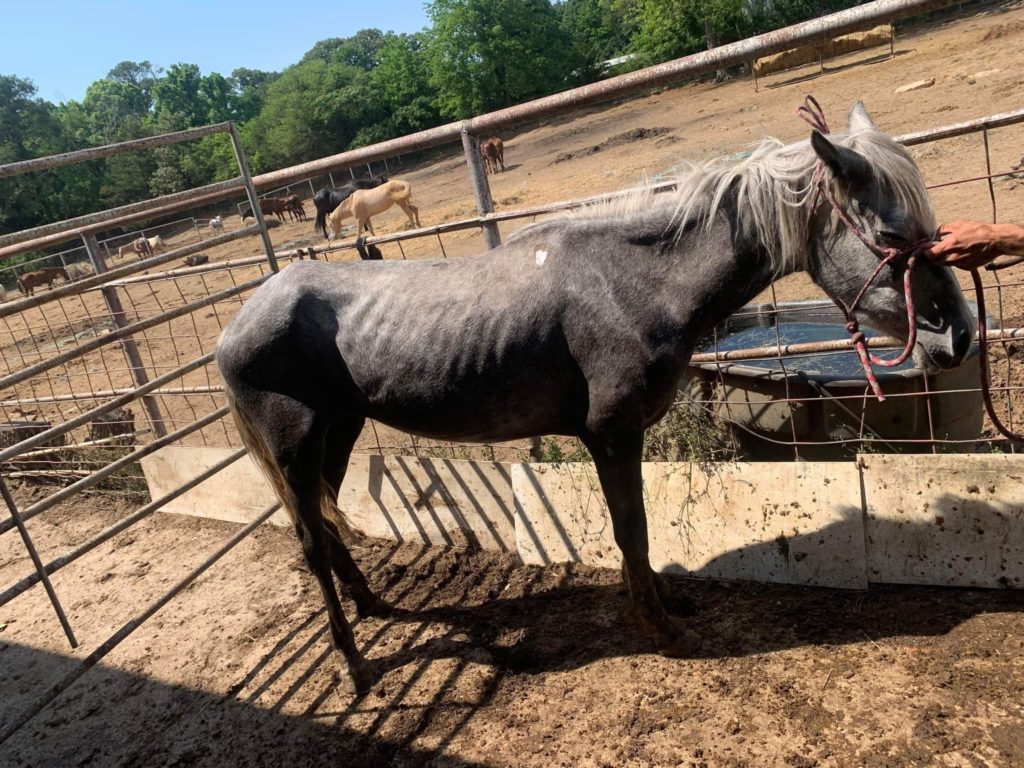

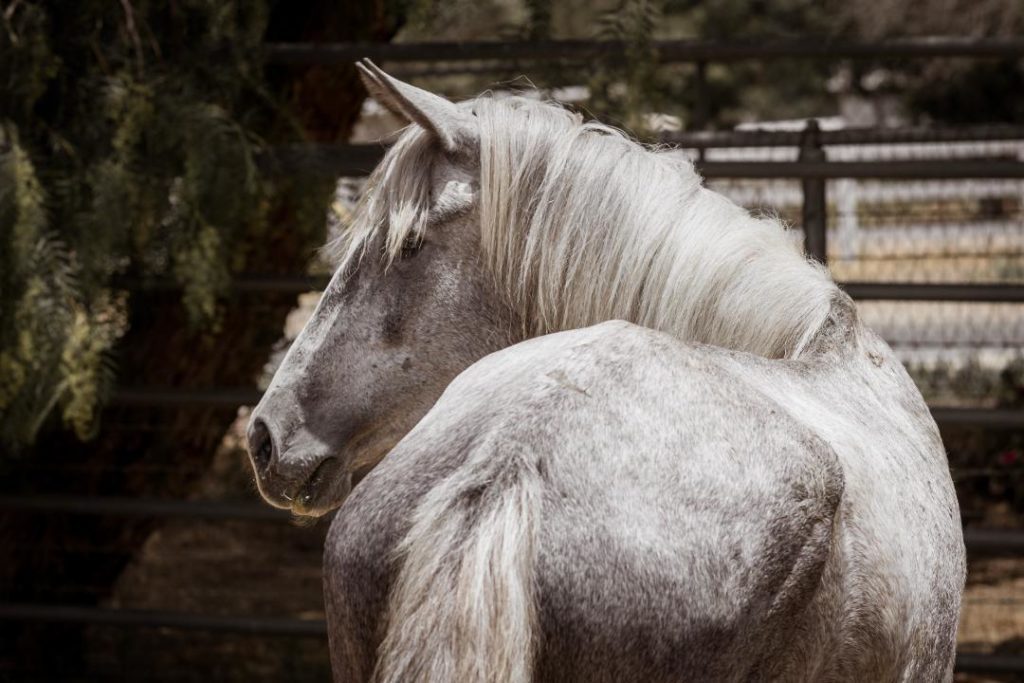
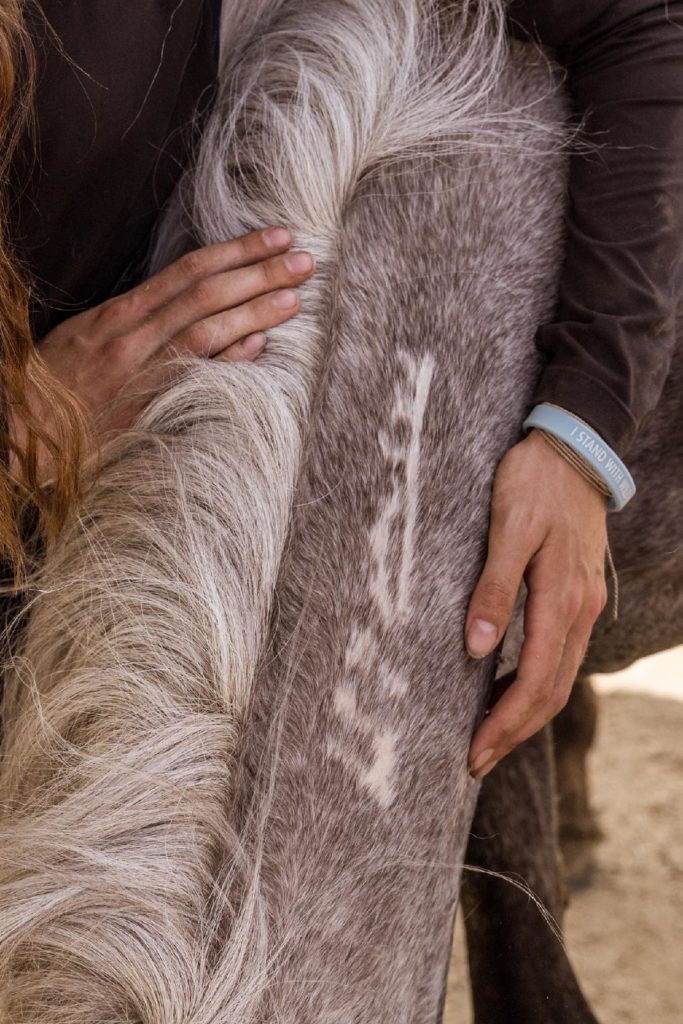
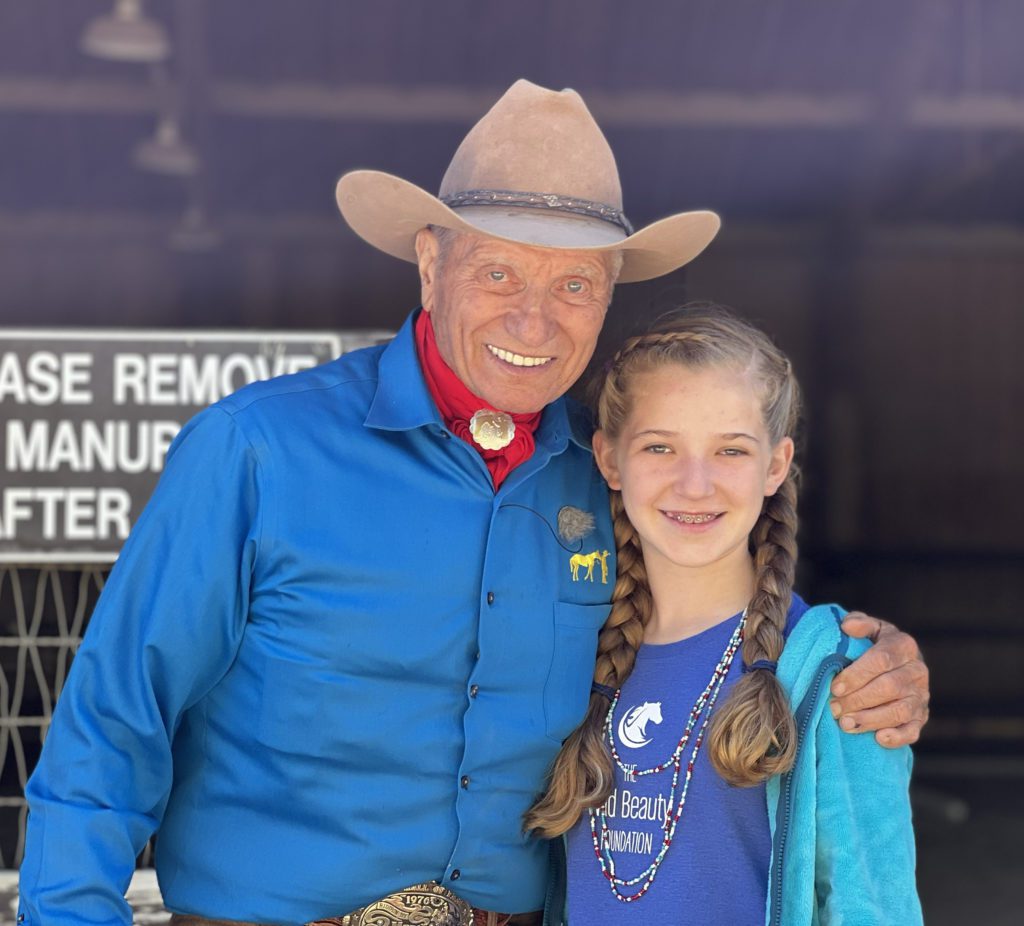
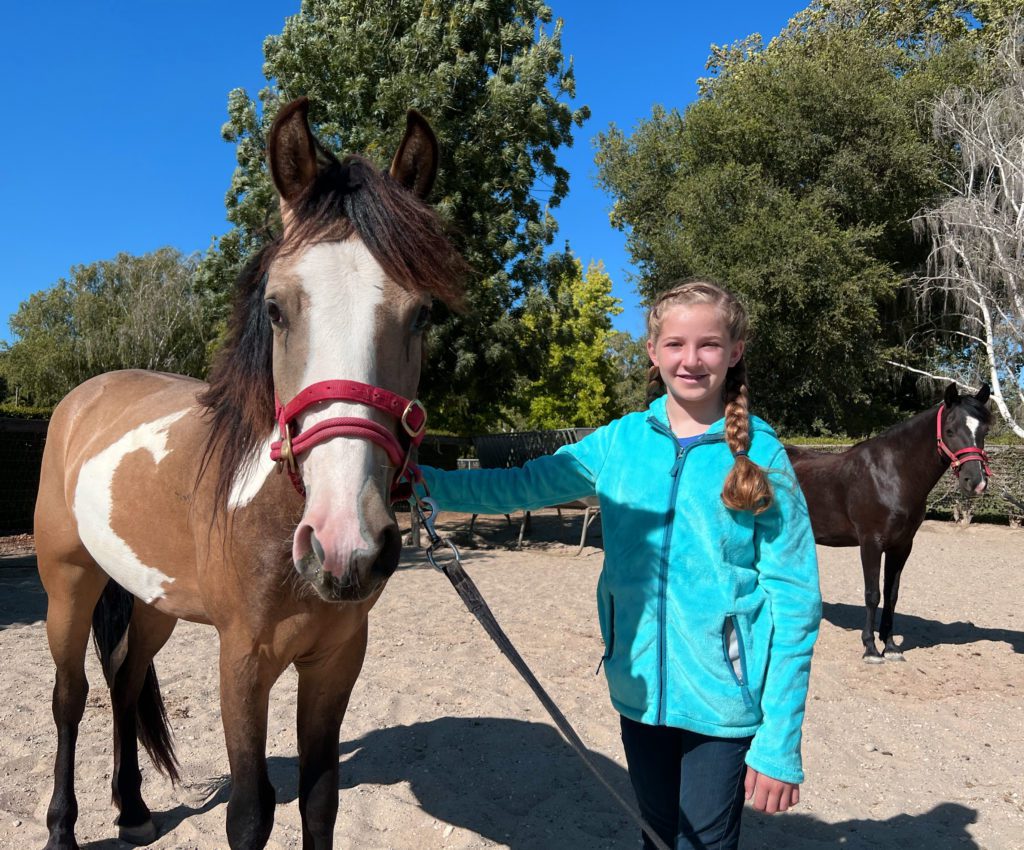
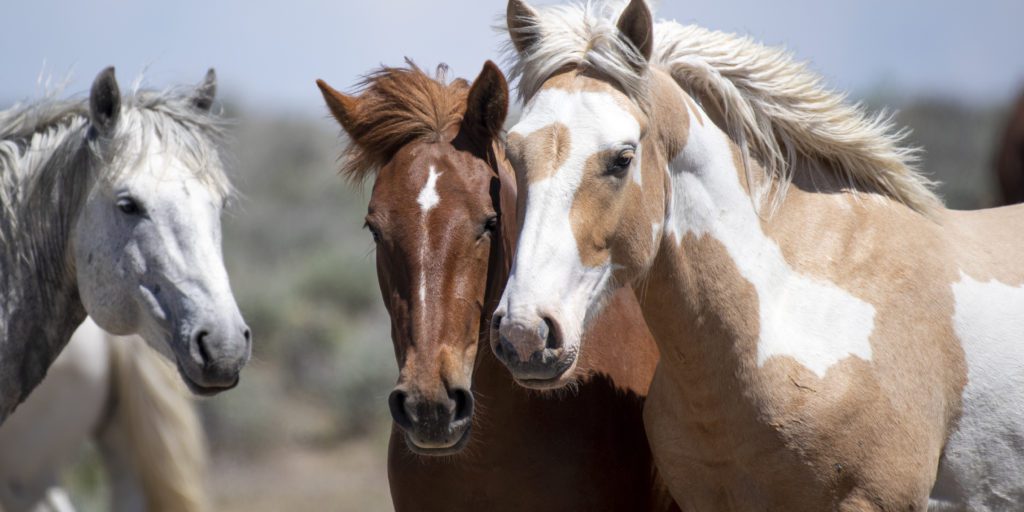

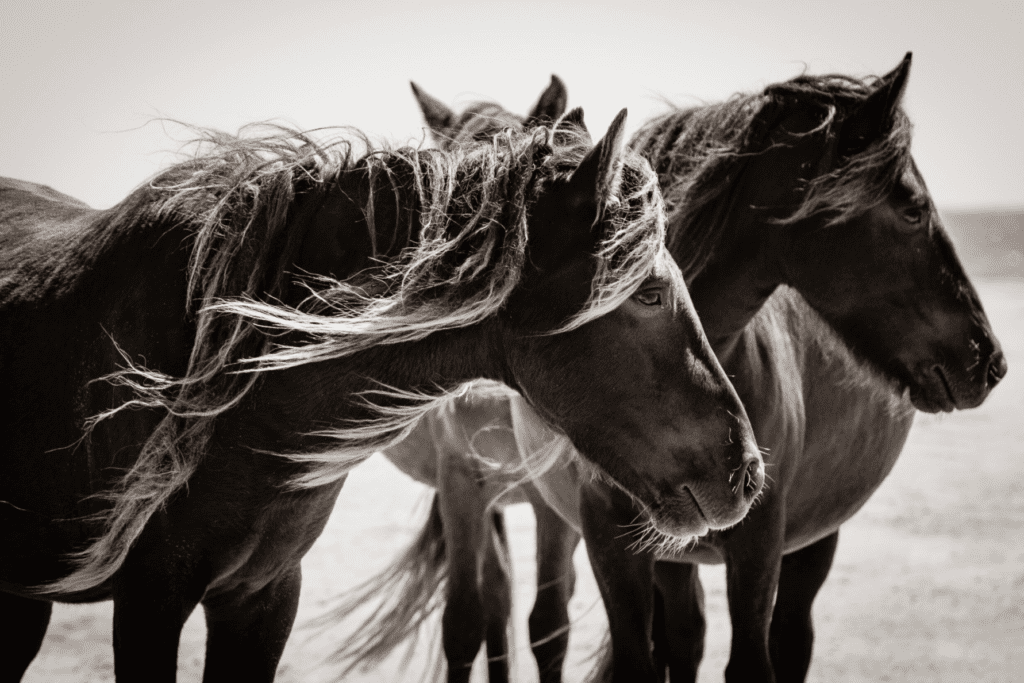
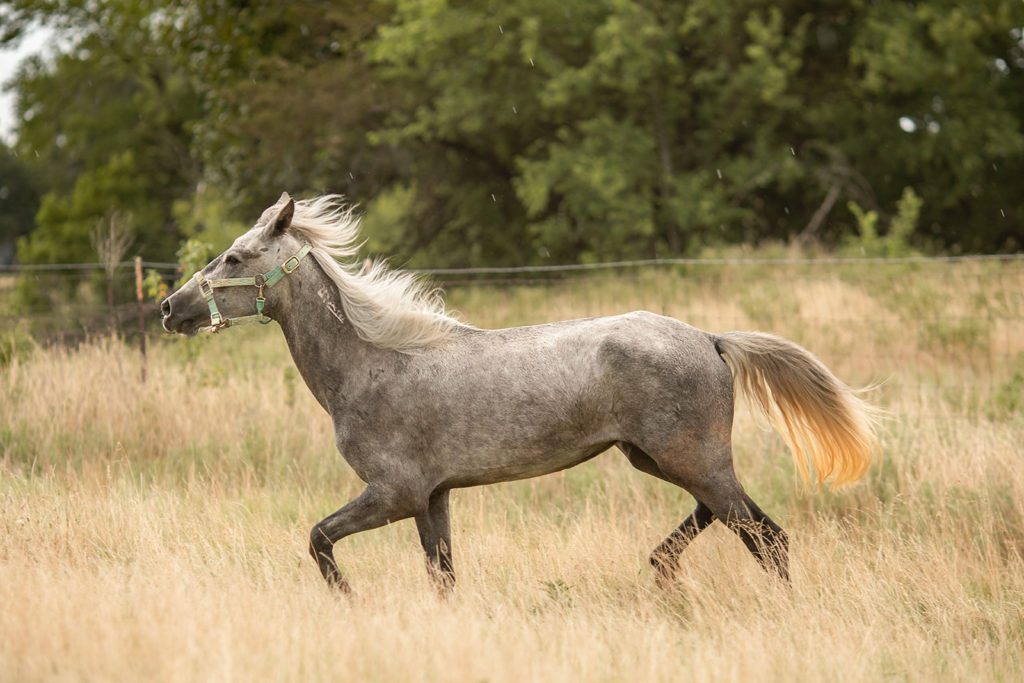 Another beautiful shot of Whisper during her rehabilitation by
Another beautiful shot of Whisper during her rehabilitation by 